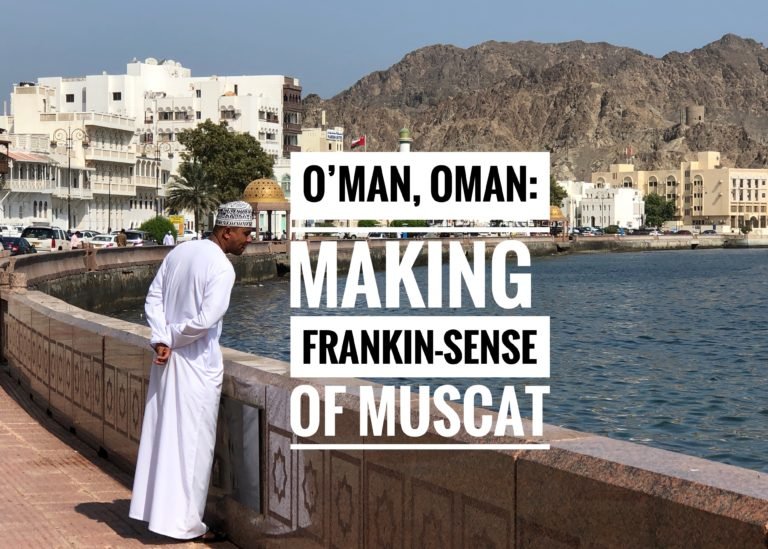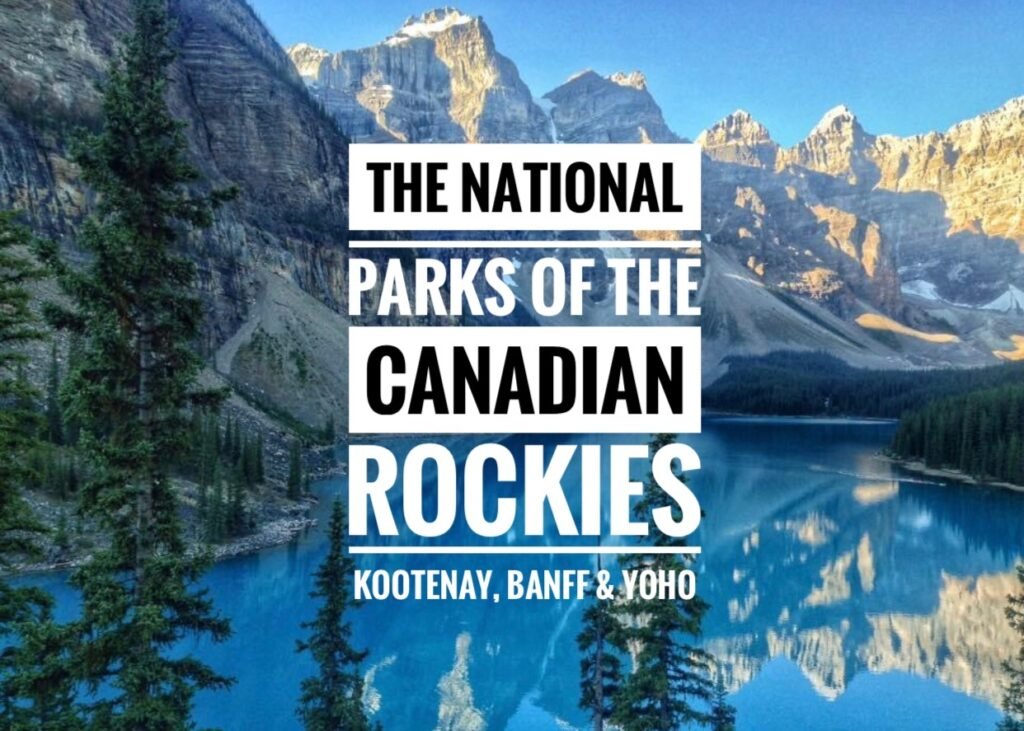
So much of the incredible Rocky Mountain landscape is designed for superlatives. From the rugged solitude of Kootenay, to the stunningly hypnotic colors of the lakes of Banff, to plentiful waterfalls of Yoho, to touring along the Ice Fields Parkway on our way to Jasper, the highest parkway on the continent, we knew a trip to the magnificent national parks of the Canadian Rockies was a must-do before we left our home in the Pacific Northwest. And since 2017 marked Canada’s 150th anniversary, and all national parks had free entrance in celebration, it seemed the perfect opportunity to take a week-long road trip and check this one off our list.
Kootenay National Park
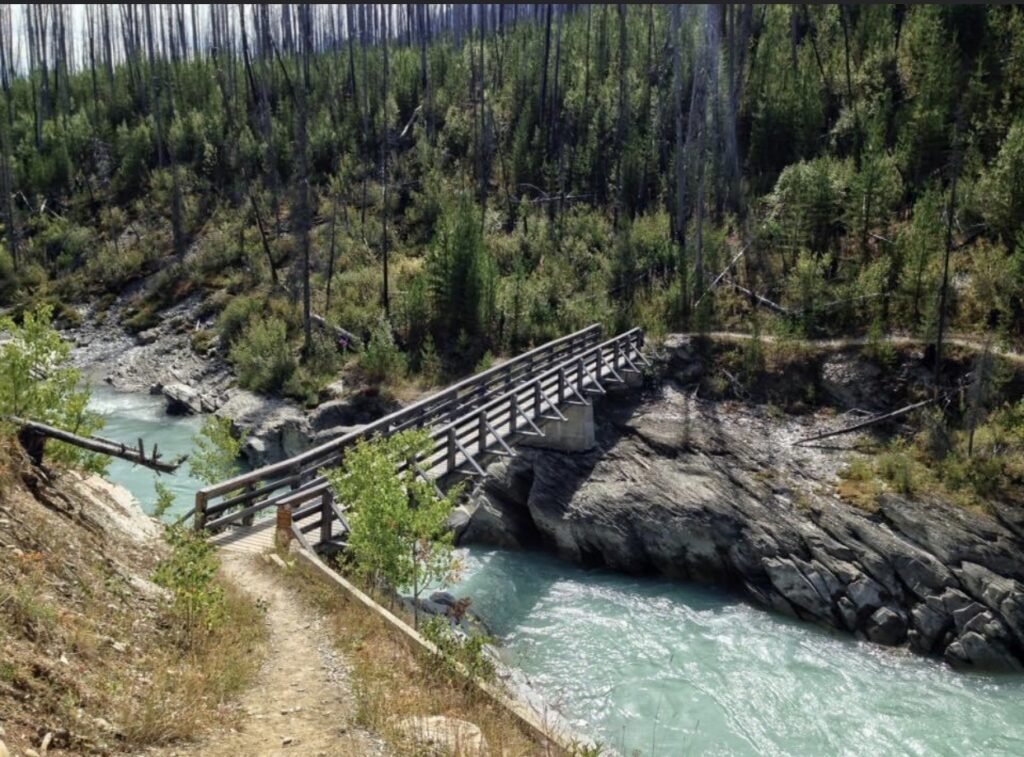
The first day we drove 7 hours from Portland, Oregon to our camp at Sandpoint, Idaho. This is not Sandpoint. The above picture is actually day two, about 4.5 hours away at the Floe Lake Trailhead within Kootenay National Park. From here we set out on our backcountry camping trek.
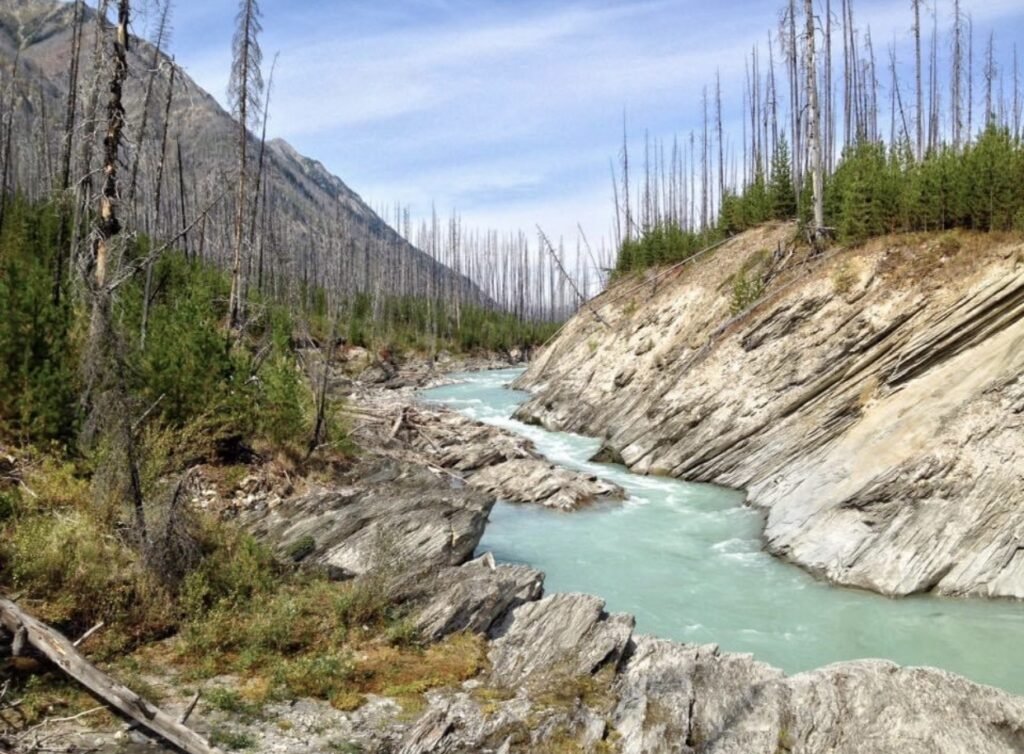
As you can see, we had entered glacier-fed waters territory. Everywhere you looked, the waters resembled different shades of toothpaste.
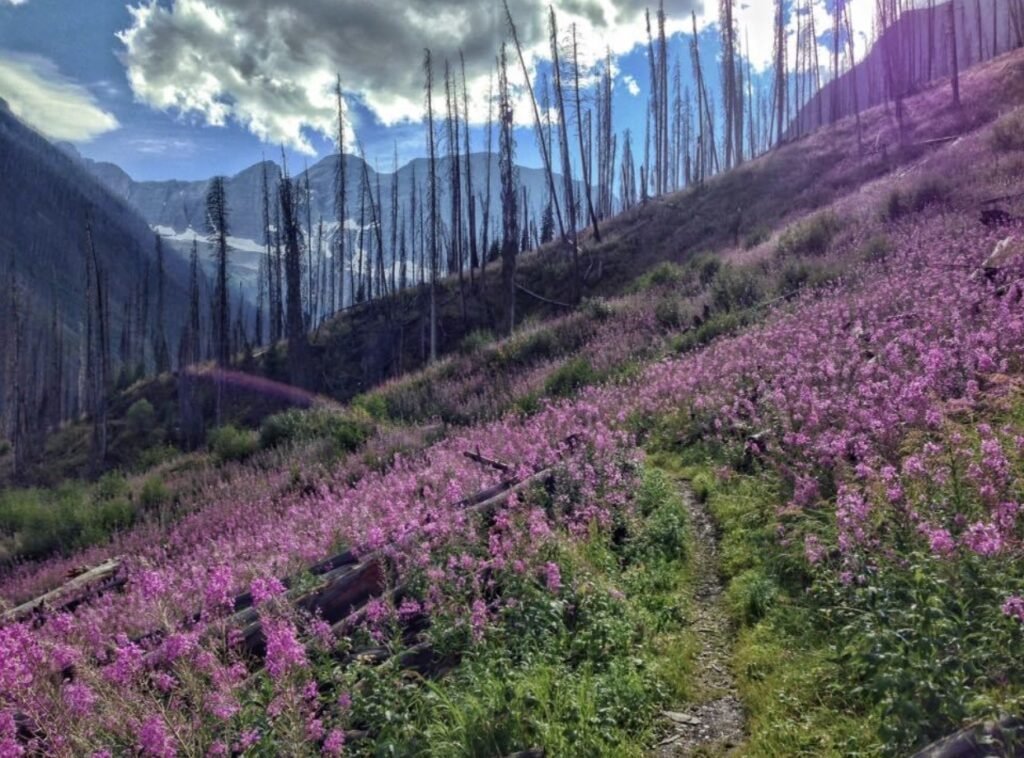
Despite the clear and sunny August forecast we prepared for, and the gorgeous pink fireweeds pictured that saturated the trail, it poured rain and the temperature (along with our morale) dropped sharply moments after beginning this trail. Needless to say, we slogged and battled through it, when we should’ve turned back; snotty, wet and quite miserable. Mandy, at one point, had to resort to wearing socks on her hands in the place of her gloves conveniently located back in the car. 6.5 miles away. This trail tested our limits right up until the last mile where we were greeted by endless switchbacks up to the Lake Floe campground with only twiggy, alpine fir to crouch and “hide” under during the downpours.
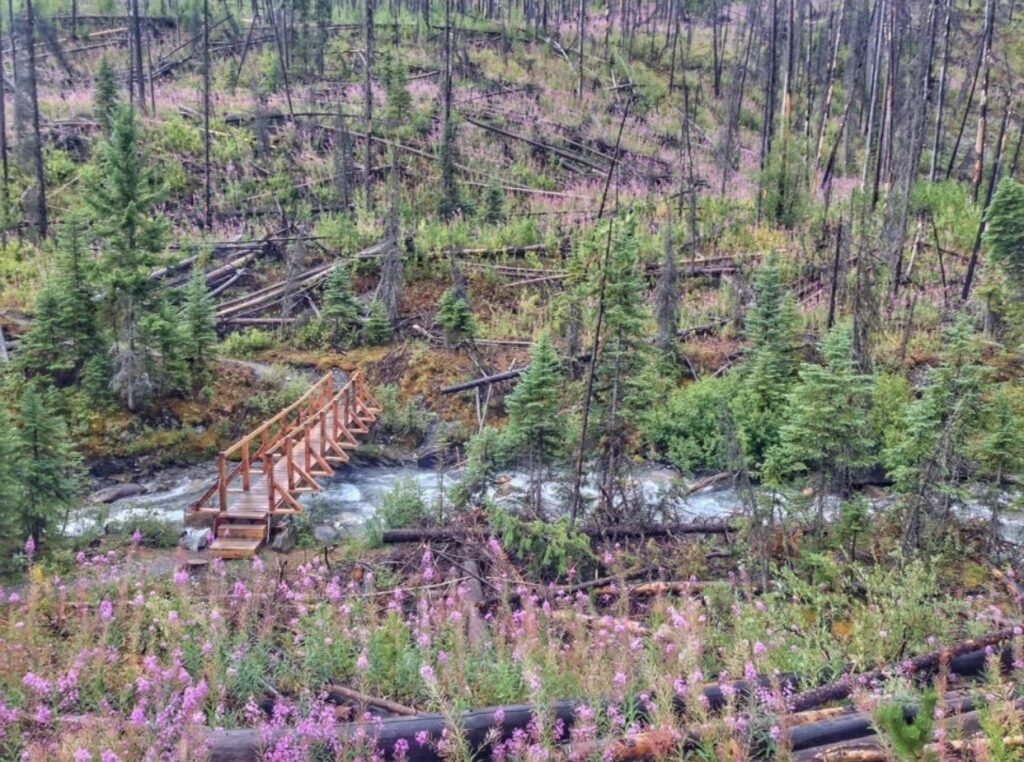
(Note limited tree sheltering options here.)
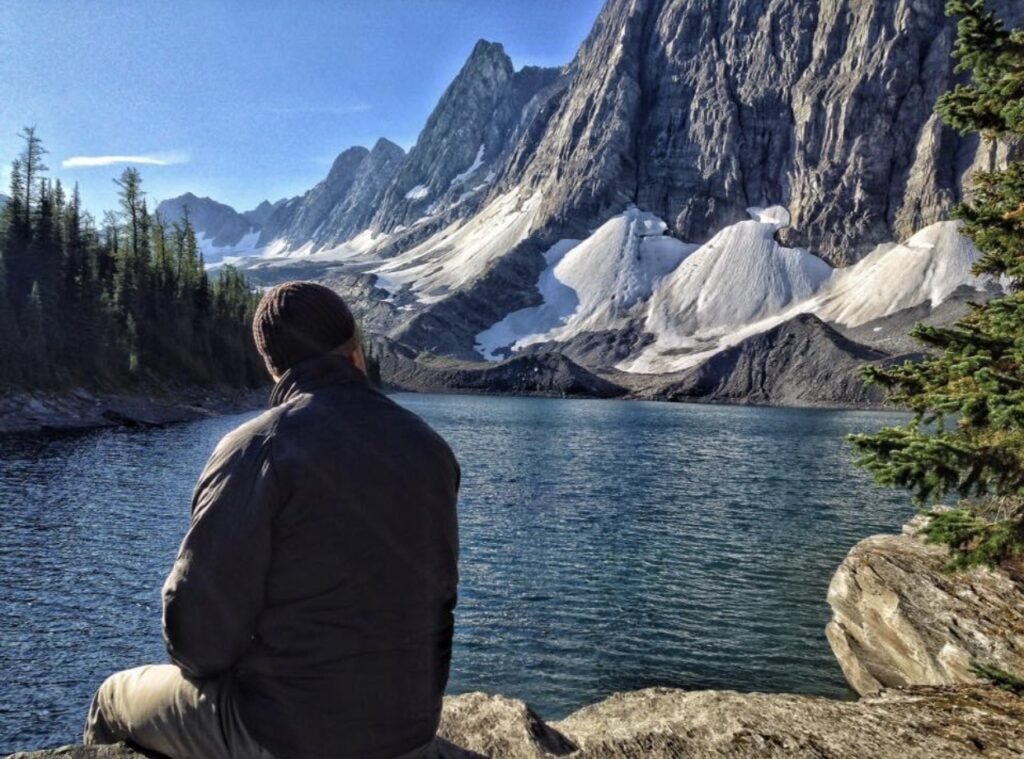
We did eventually persevere, and after wondering if our extremities would ever stop tingling from the wet and cold, we cocooned ourselves in our blessed tent to shiver in the near freezing temps until morning. Ah, but wasn’t is worth it when you wake up to this?! Floe Lake and the glaciers that surround. Unbelievably serene.
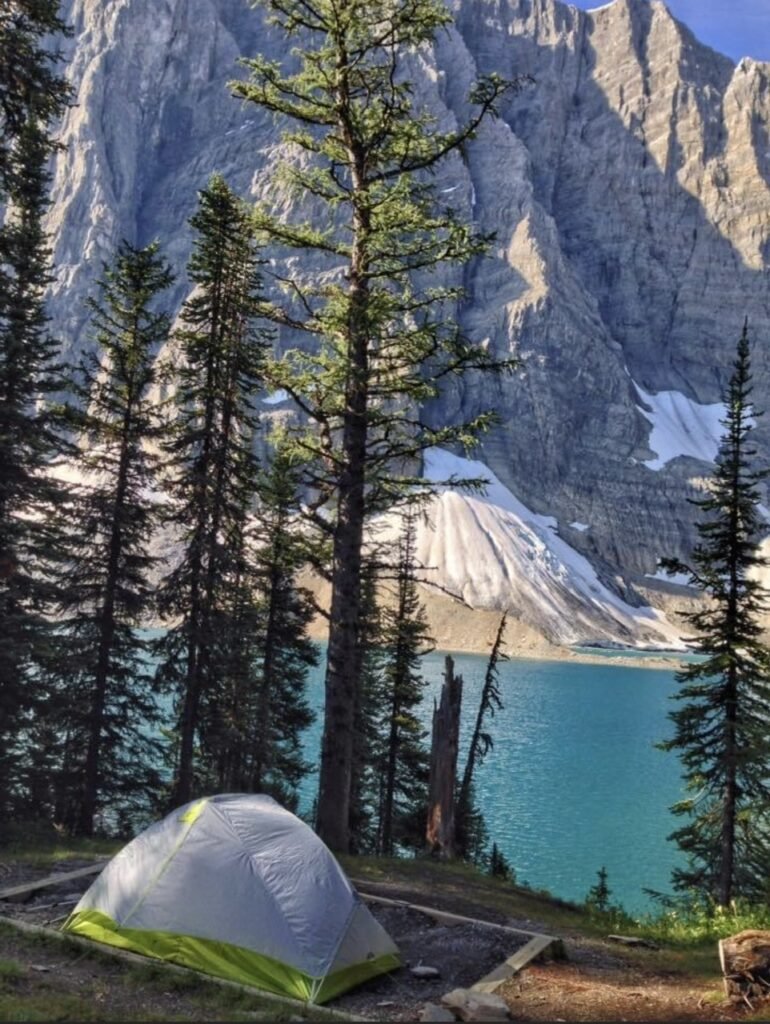
A room with a view!
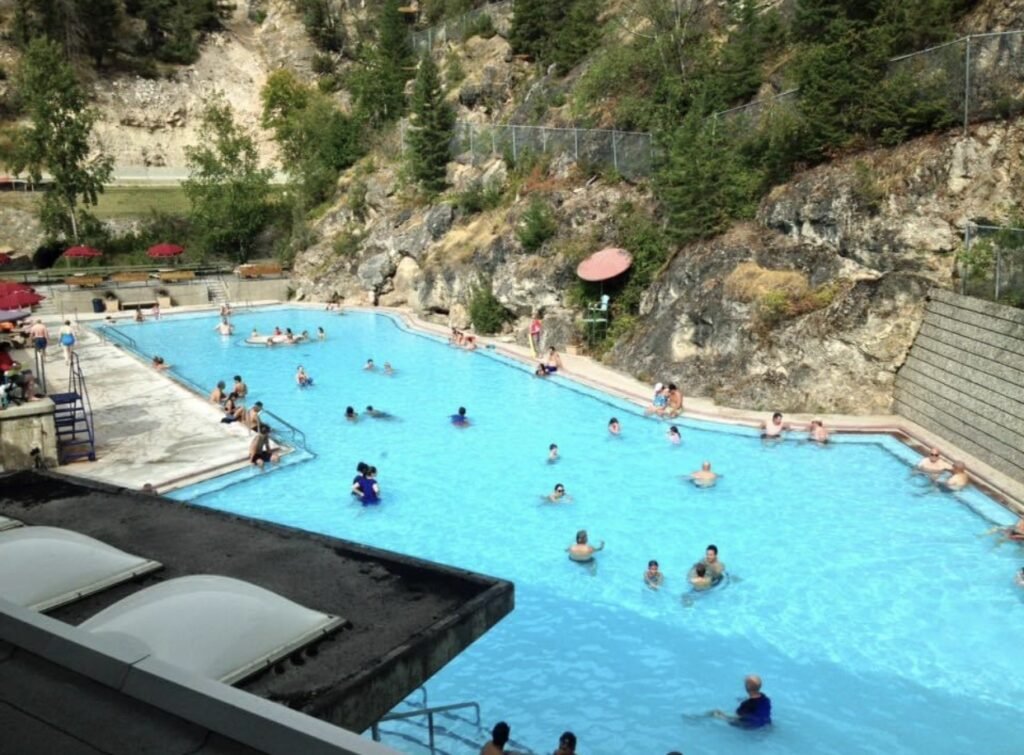
After the battering our bodies took on the Floe Lake hike we could fantasize about little else on the way out except driving to visit nearby Radium Hot Springs, a deal at $5, to bask in some steamy 102 degree healing goodness. Radium’s name stems from the small amount of radium found in the water in 1914. Not to fear however, allegedly it’s the same amount as what is given off by an ordinary watch dial.
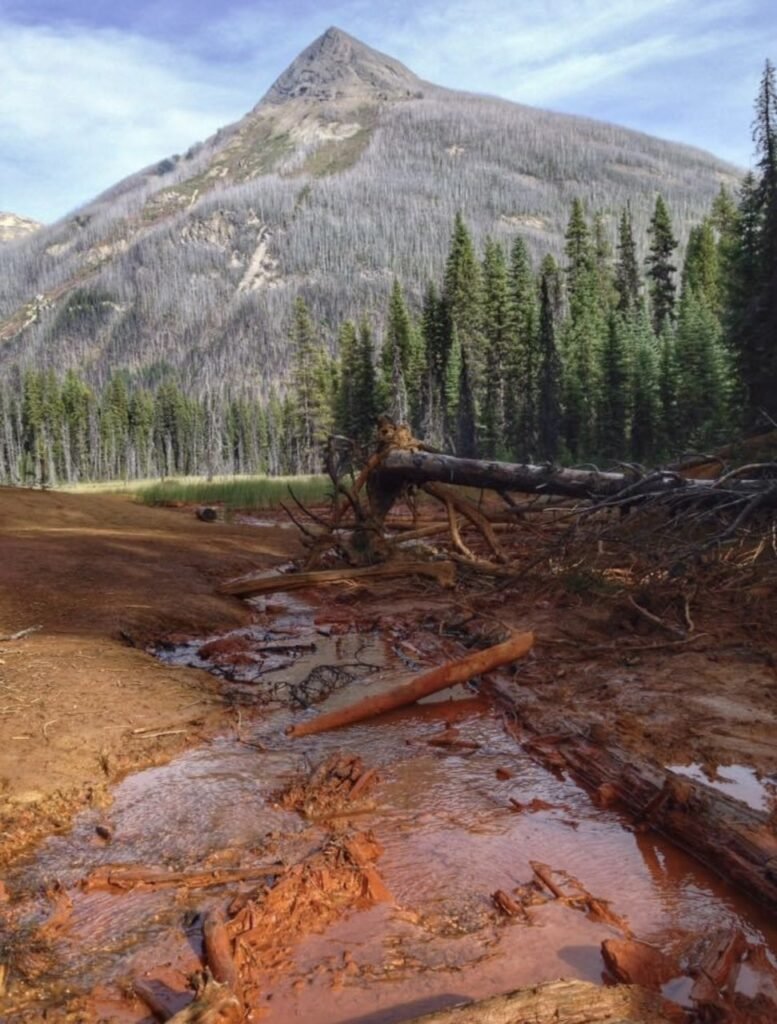
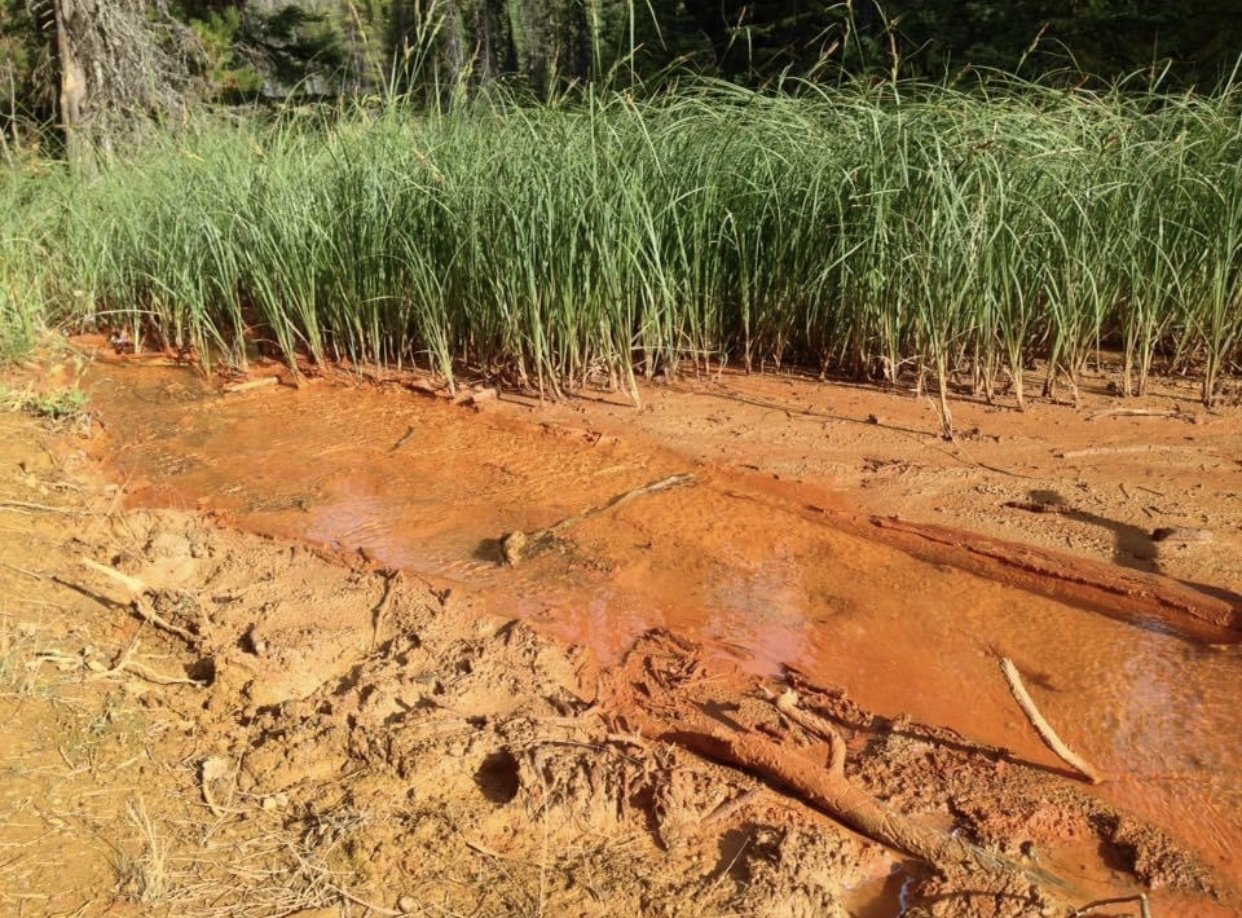
Nearby are the Paint Pots, which are so called because of the red and orange ochre pools found there. These unique ochre deposits drew Kootenay Indigenous peoples for centuries, to collect, and mix with oil to turn into paint.
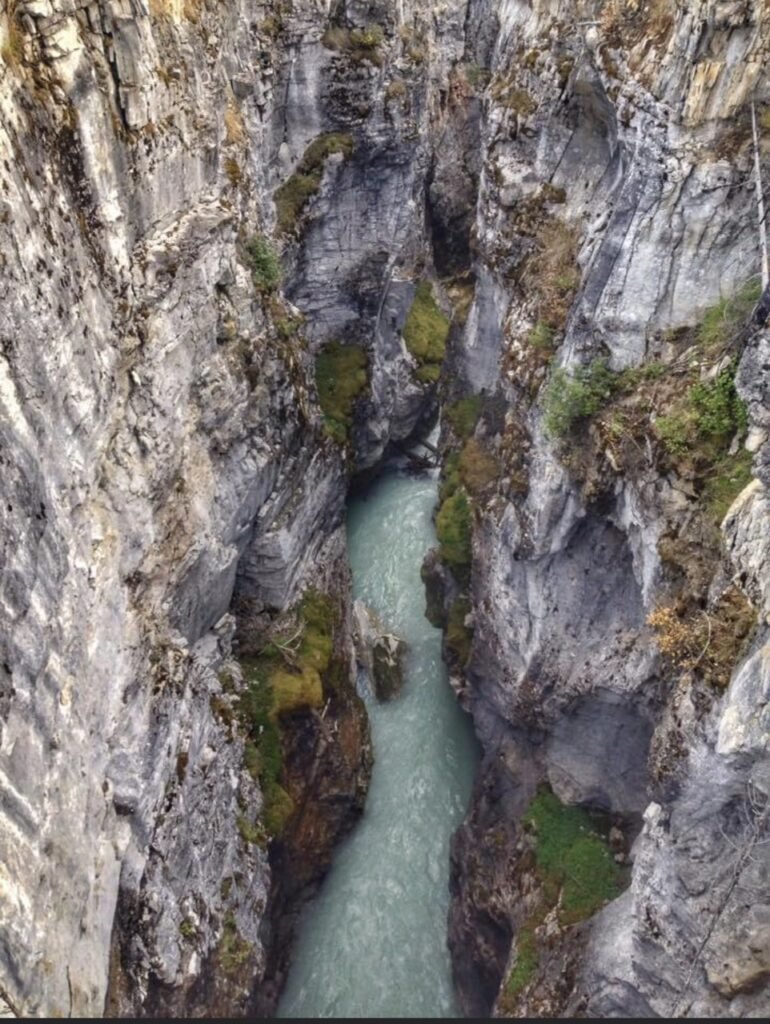
Marble Canyon is a must see on a journey through Kootenay National Park. Tokumm Creek’s limestone walls have been carved away over thousands of years and plunge to a depth of 128 feet at its deepest.
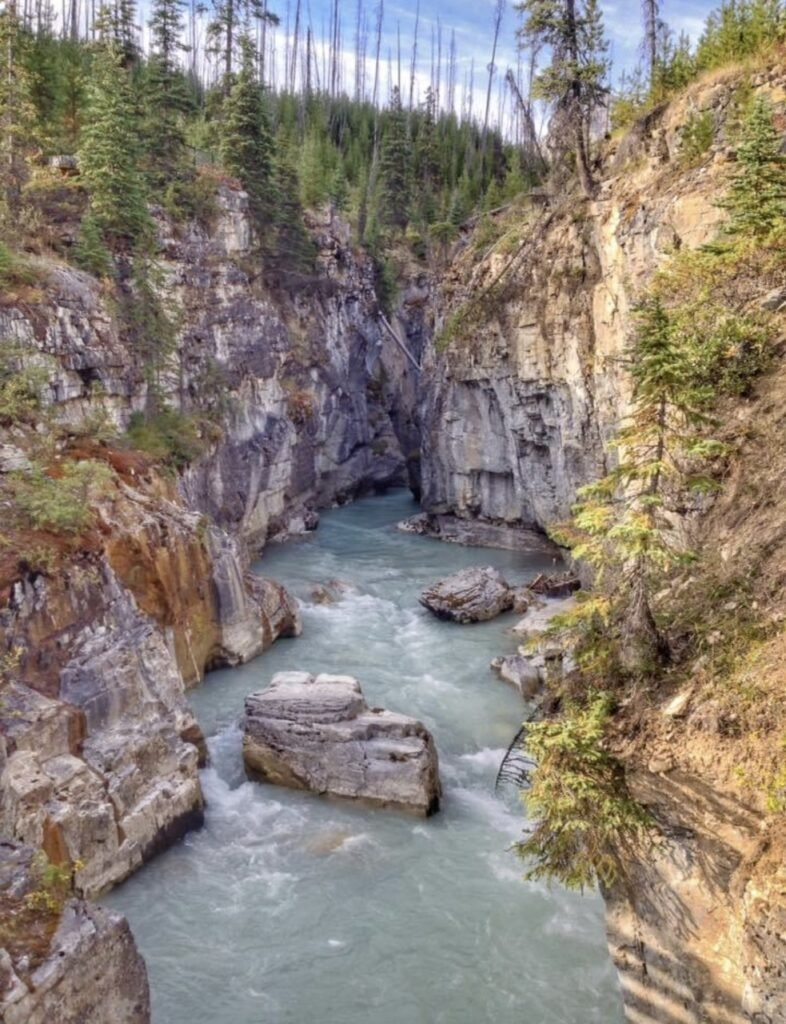
An easy walk from the main road, you cross the first bridge of seven at the entrance to the canyon. This is the oldest part of the canyon.
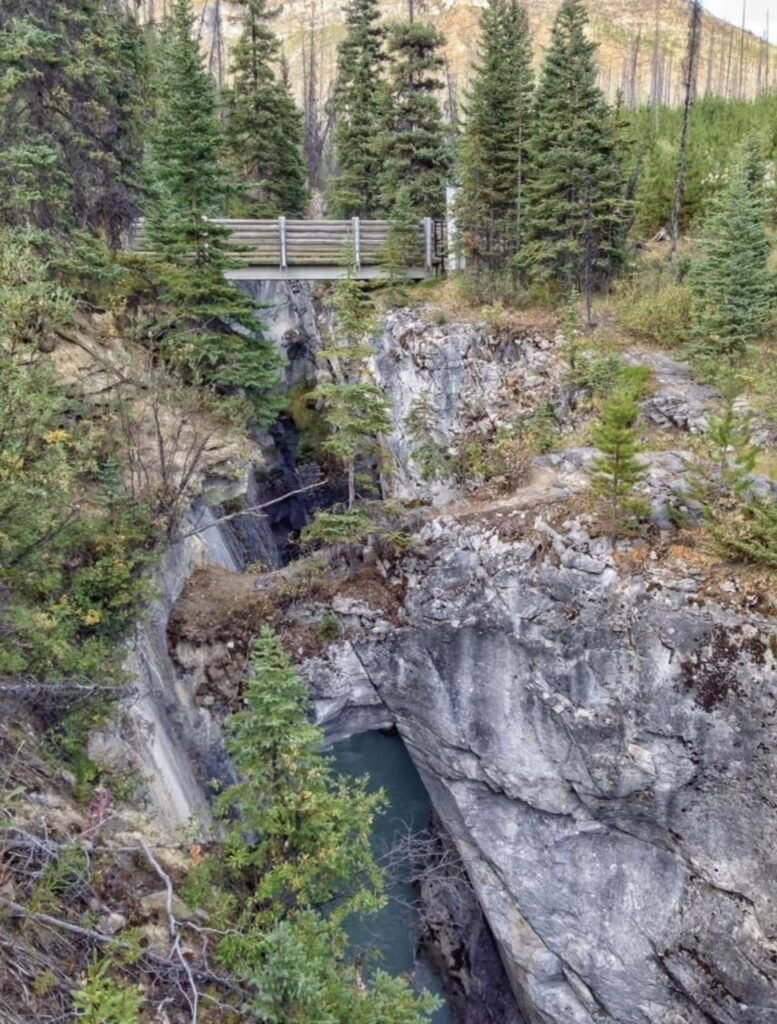
A natural bridge tries to compete with the second man-made bridge as you work upstream and the Canyon deepens.
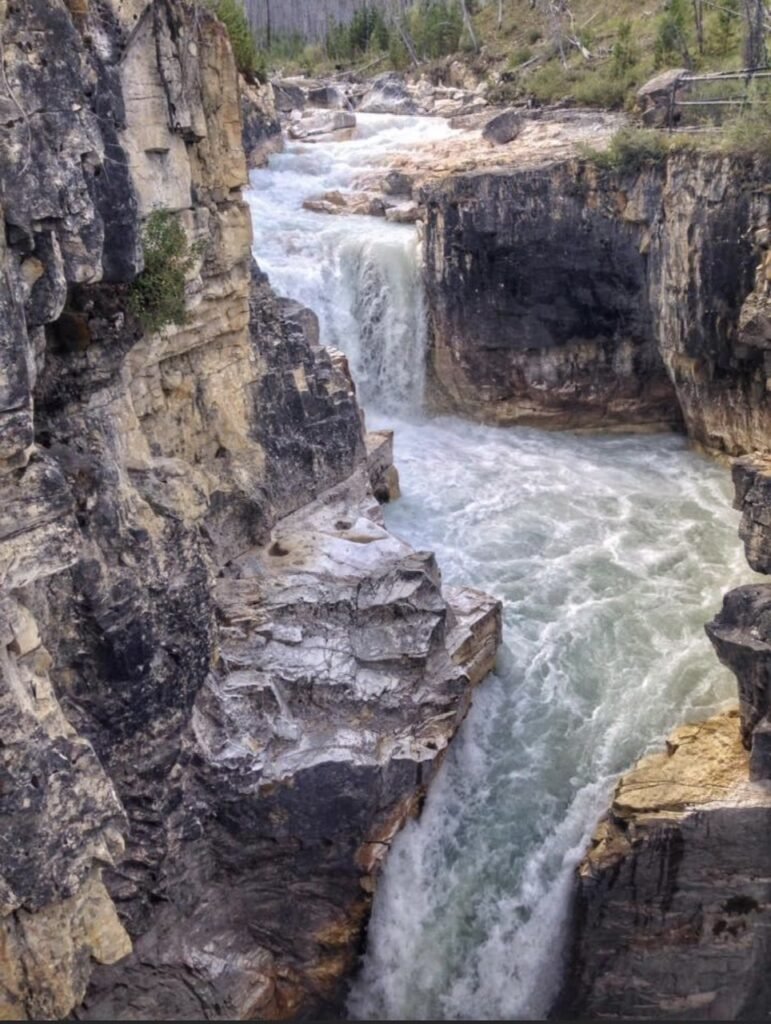
Around the third and fourth bridges, the canyon deepens to around 40 feet, the water still an aquamarine glacier-fed hue.
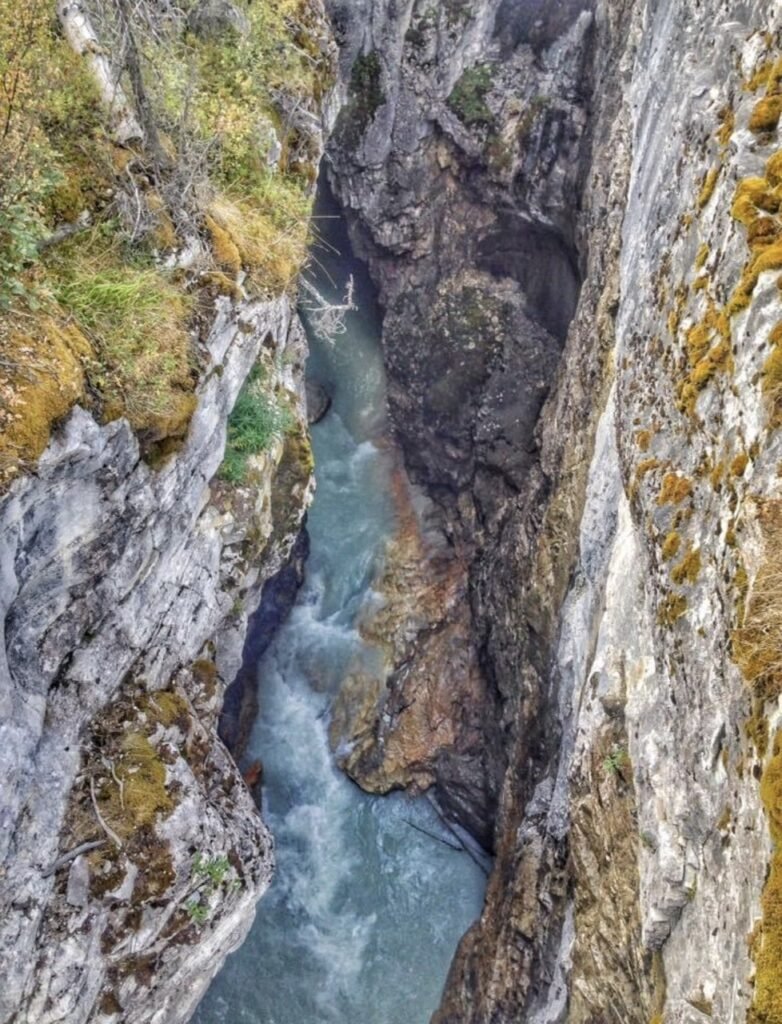
The river thrashes and churns as the Canyon deepens dramatically. By the seventh, and last bridge, a pair of waterfalls await and you can feel the raw power of the water as it drops in thundering intensity to a depth of 128 feet and down into the Canyon it has been carving for over 11,000 years.
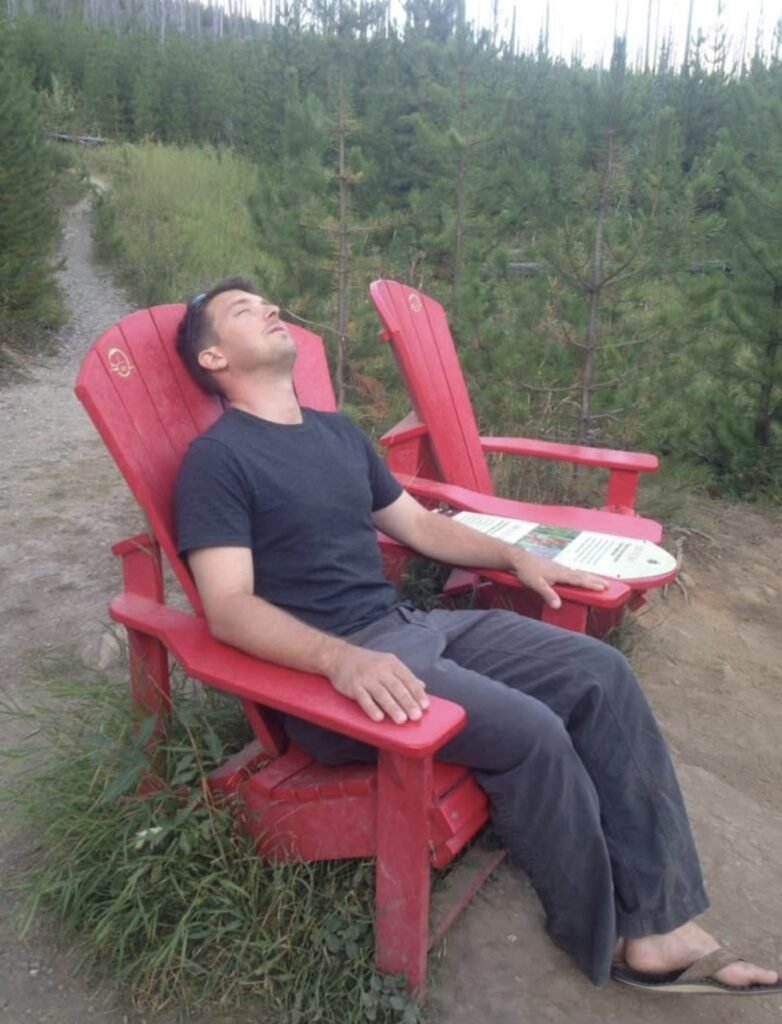
Canada has red chair locations throughout the entire country at their most unique and treasured spots. What a brilliant idea, eh? This one is near Marble Canyon.
Banff National Park
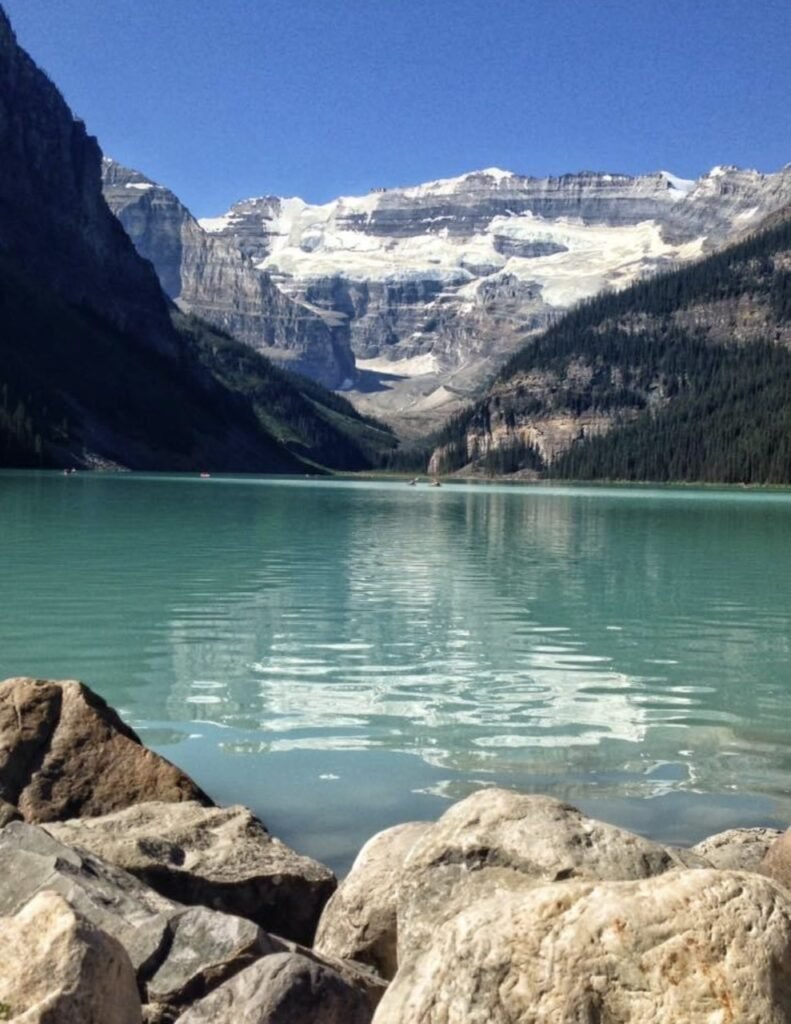
For the next two nights, we stayed at Two Jack Main Campground in Banff. We spent nearly an entire day driving up to Lake Louise, maneuvering the free school bus shuttle and battling crowds, to visit the iconic blue as a swimming pool lake and its accompanying resort, that you have to see while in Banff.
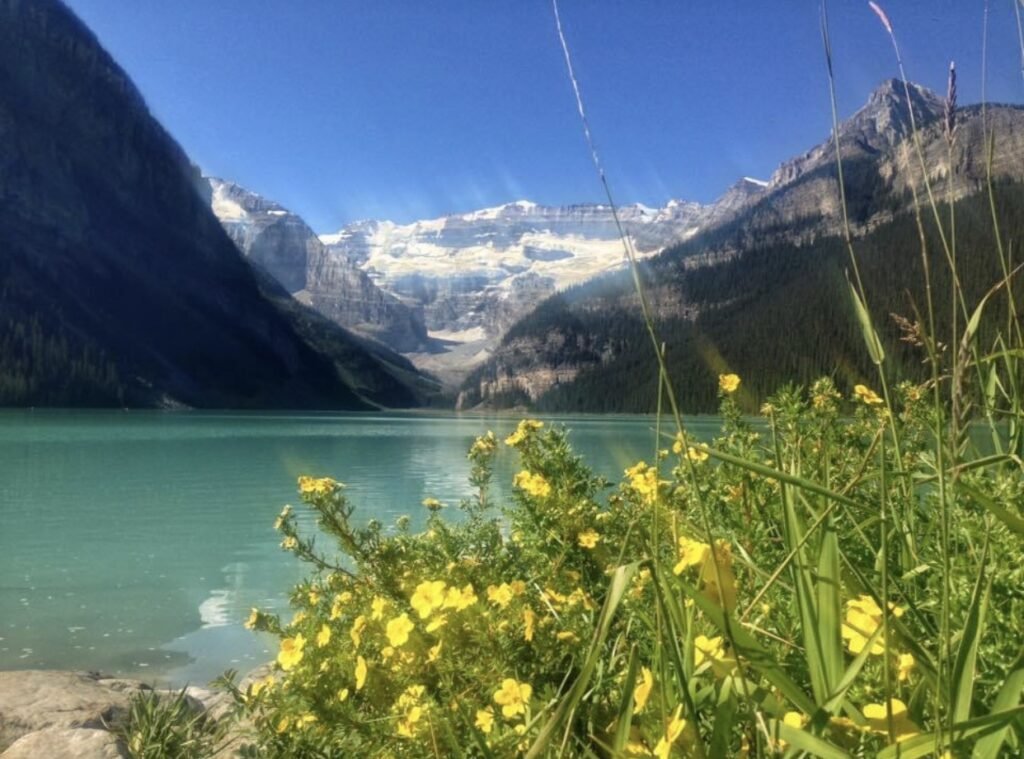
It’s stunning. Truly.

And the higher you go and the less crowds there are, the more impressive it got. This picture was taken from the trail near Little Beehive which is about 2.5 miles from the lake.
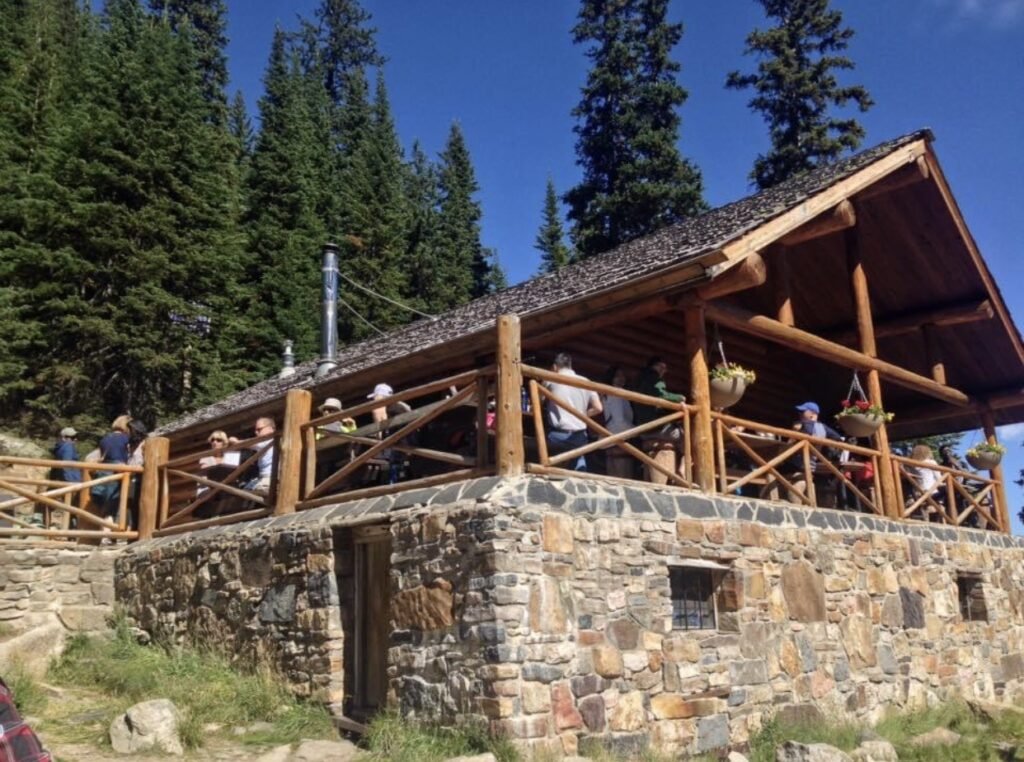
Don’t miss a stop at the Lake Agnes Teahouse, an alpine cottage with teas boiled with water straight from the lake 2.2 miles up the trail.
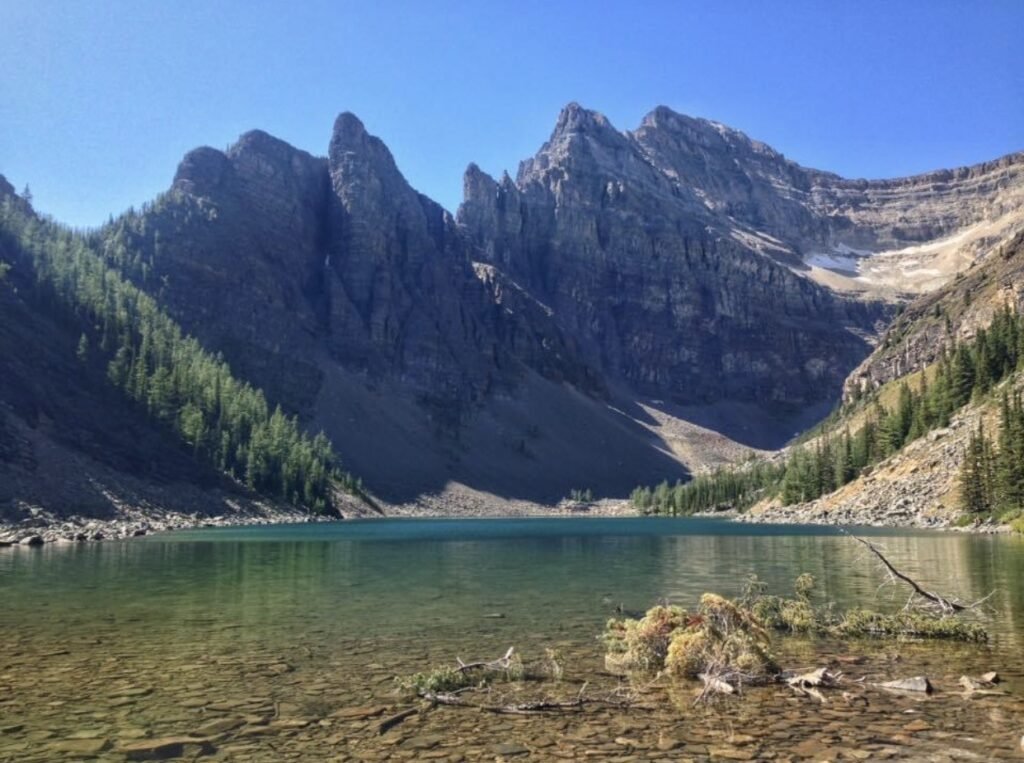
Lake Agnes. Our picnic spot for the day. We shared our almonds with the wildlife which was limited to pudgy chipmunks. Hmm. I wonder why….
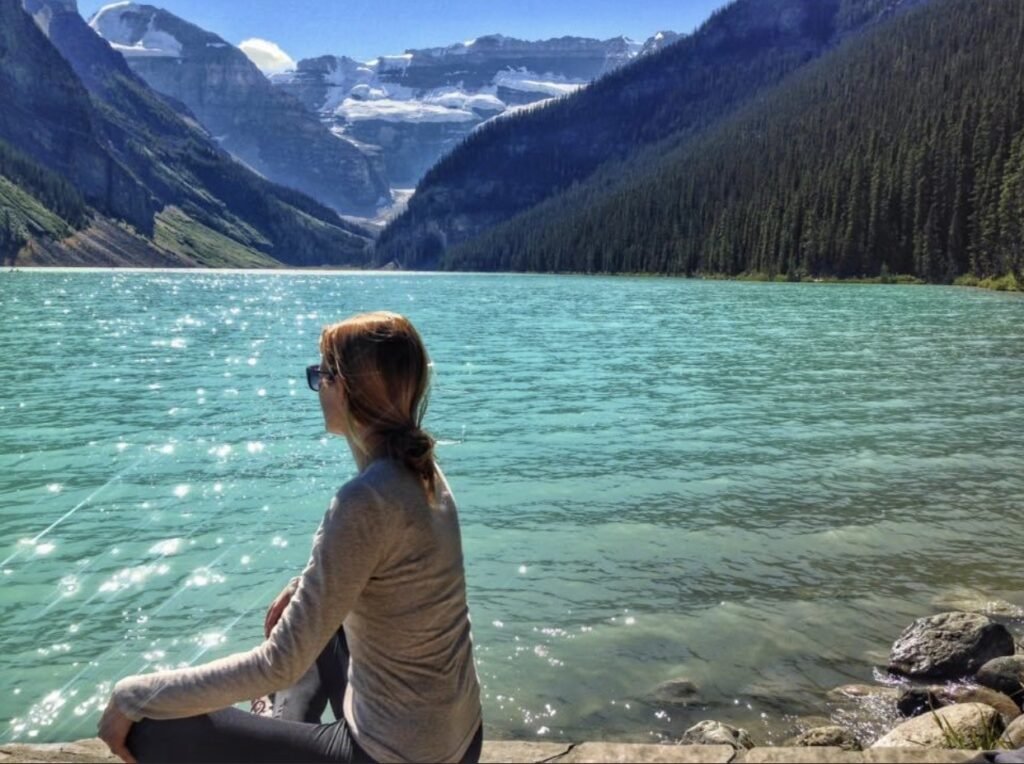
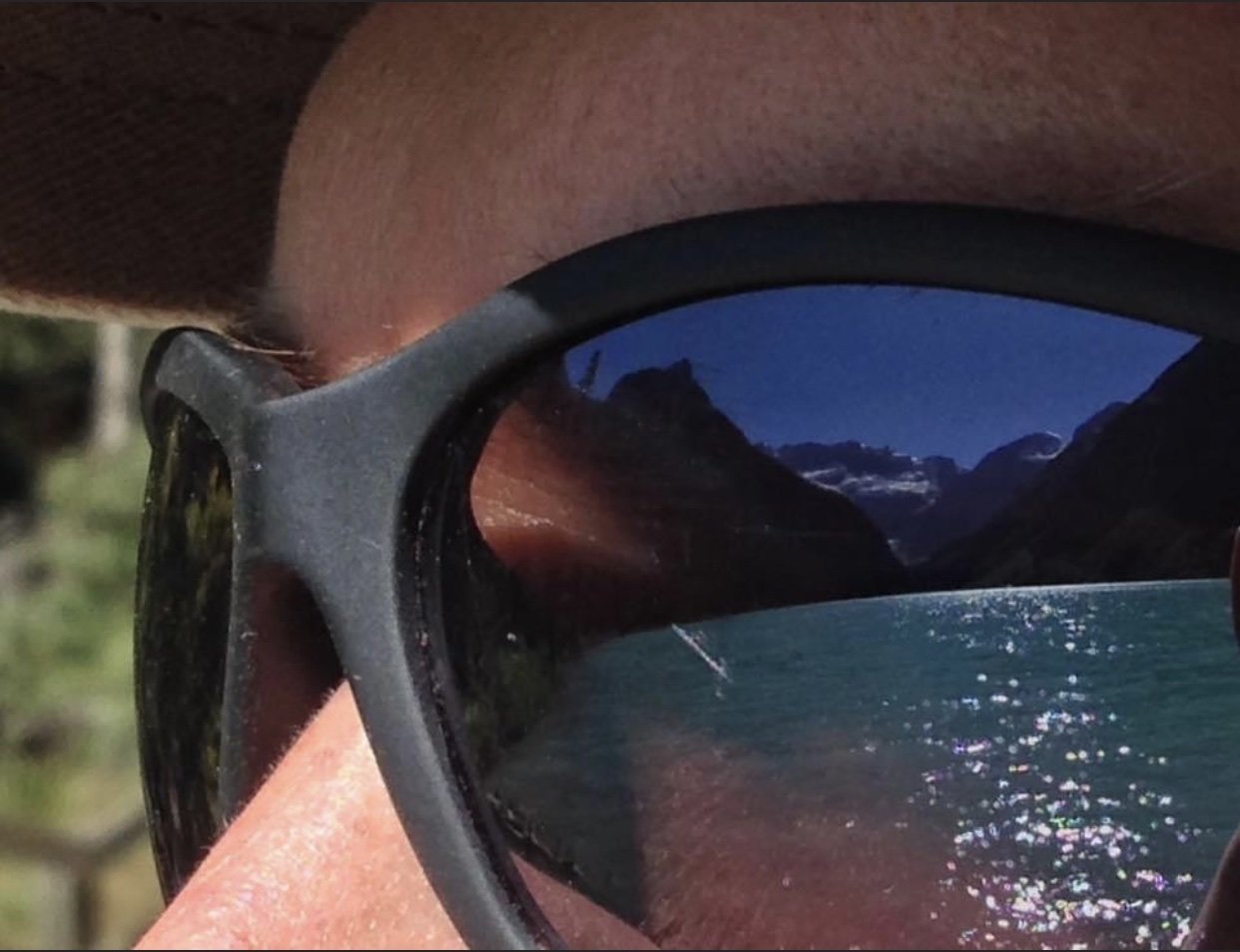
Back down from Lake Agnes we had one more glistening eye bath with Lake Louise.
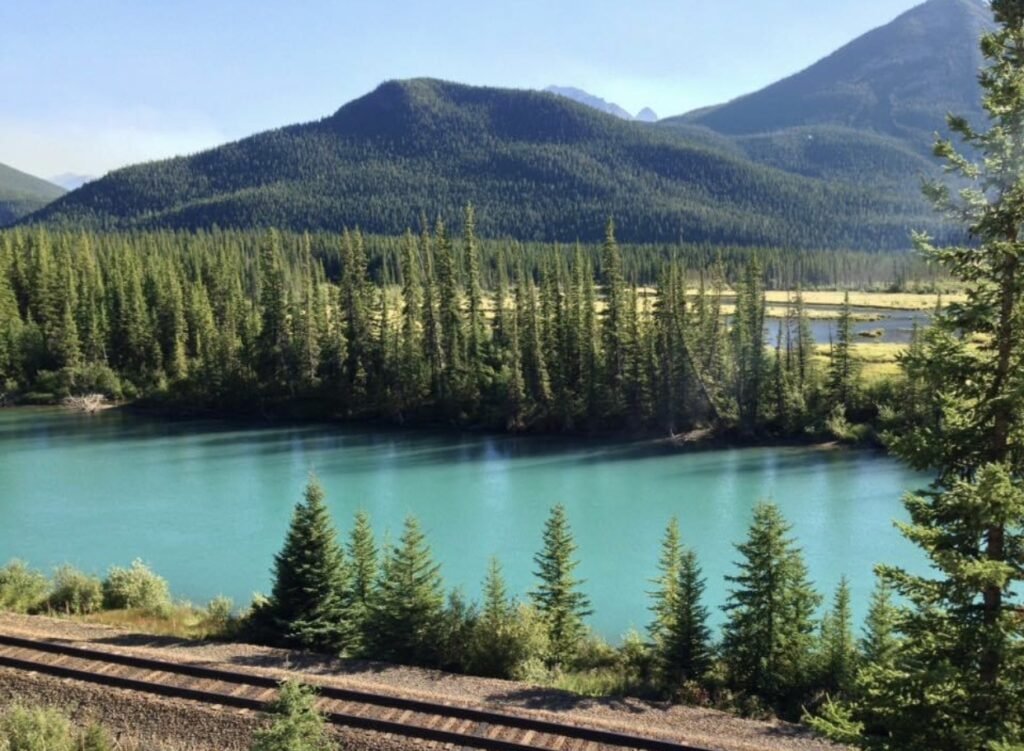
On the way back, we drove the Bow Valley Parkway in search of wildlife. Unfortunately no grizzlies or mooses (meese? moose?) decided to hang out on the side of the road that day so we settled for glimpses of the river. Yes, this is a river. Sorta similar to the Mississippi or Ohio, eh?
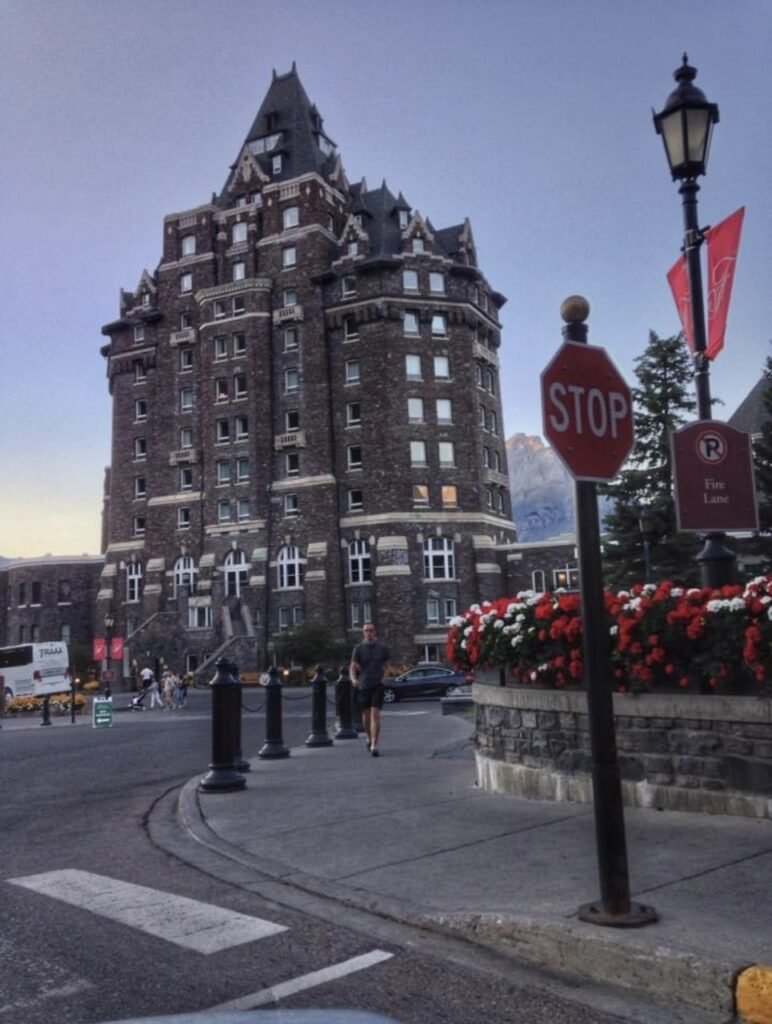
The Banff Springs Hotel is a 1888 historic beacon set up in the Mountains that calls you from the freeway. This UNESCO World Heritage is Canada’s true “Castle of the Rockies.” We obviously opted for camping for $20 instead, but definitely if you’re gonna shell out the $$, we would personally stay in this one over the one at Lake Louise.
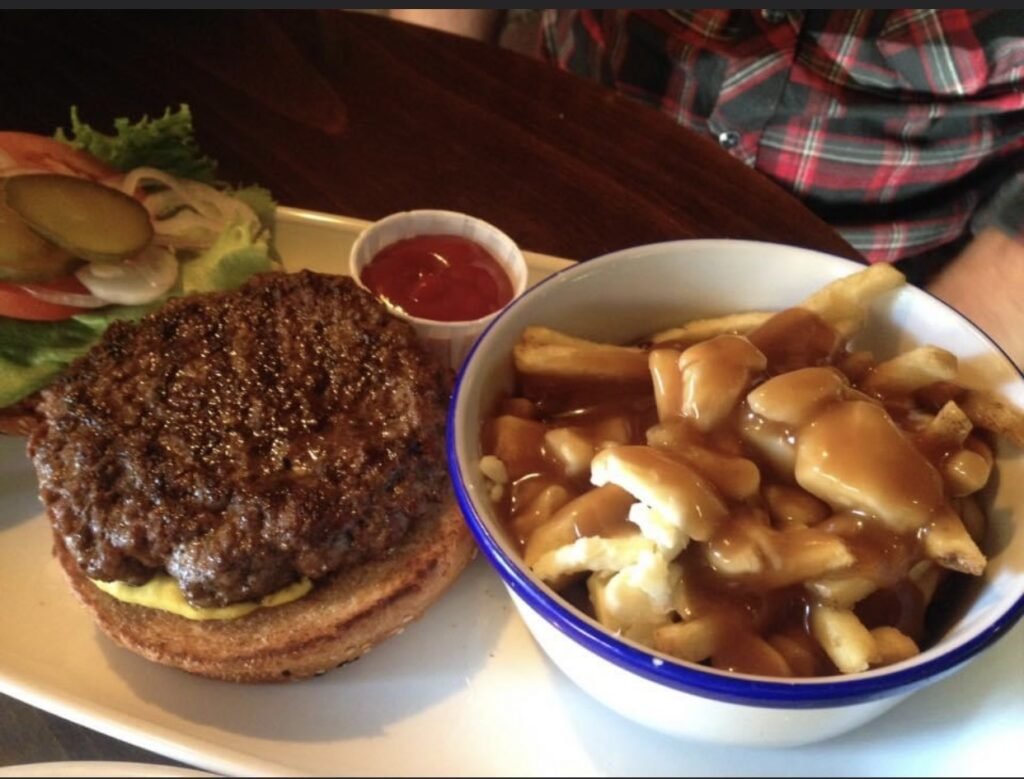
Mostly we made our own meals but couldn’t resist a brew at Banff Avenue Brewing and a burger. Oh, and poutine. Of course, had to sample Canada’s national dish…fries loaded with cheese curds and brown gravy. It’s….ok.
Yoho National Park
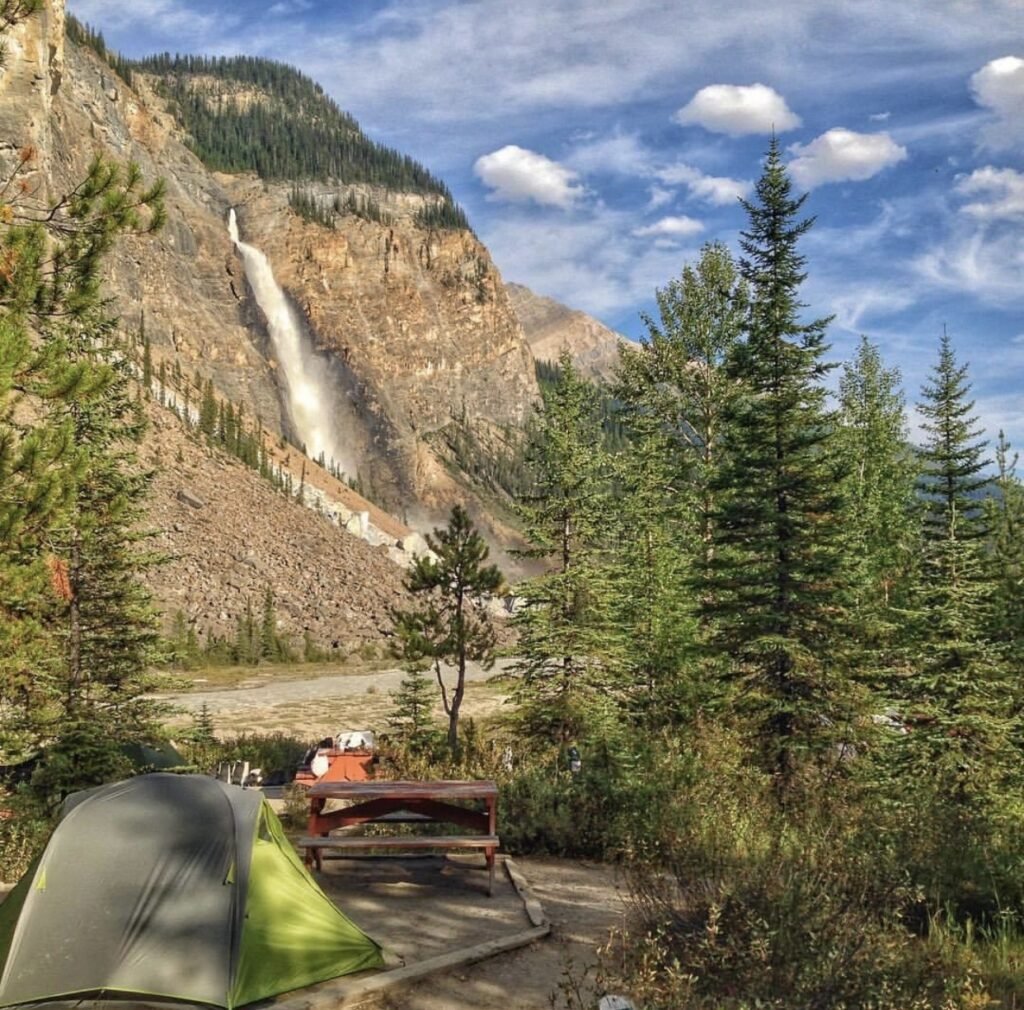
The next day we moved to our new campsite for two blissful days. A first come, first serve walk in site in Yoho’s Takakkaw Falls (“magnificent” in native Cree language). It was well worth the 500 meter walk/wheelbarrow in to score a spot in this campground, sleeping next to the roar of the falls was simply awesome. It was also incredibly quiet and secluded, where everyone kept to themselves and retired to their tents at 9:00. Worked great for us too 🙂
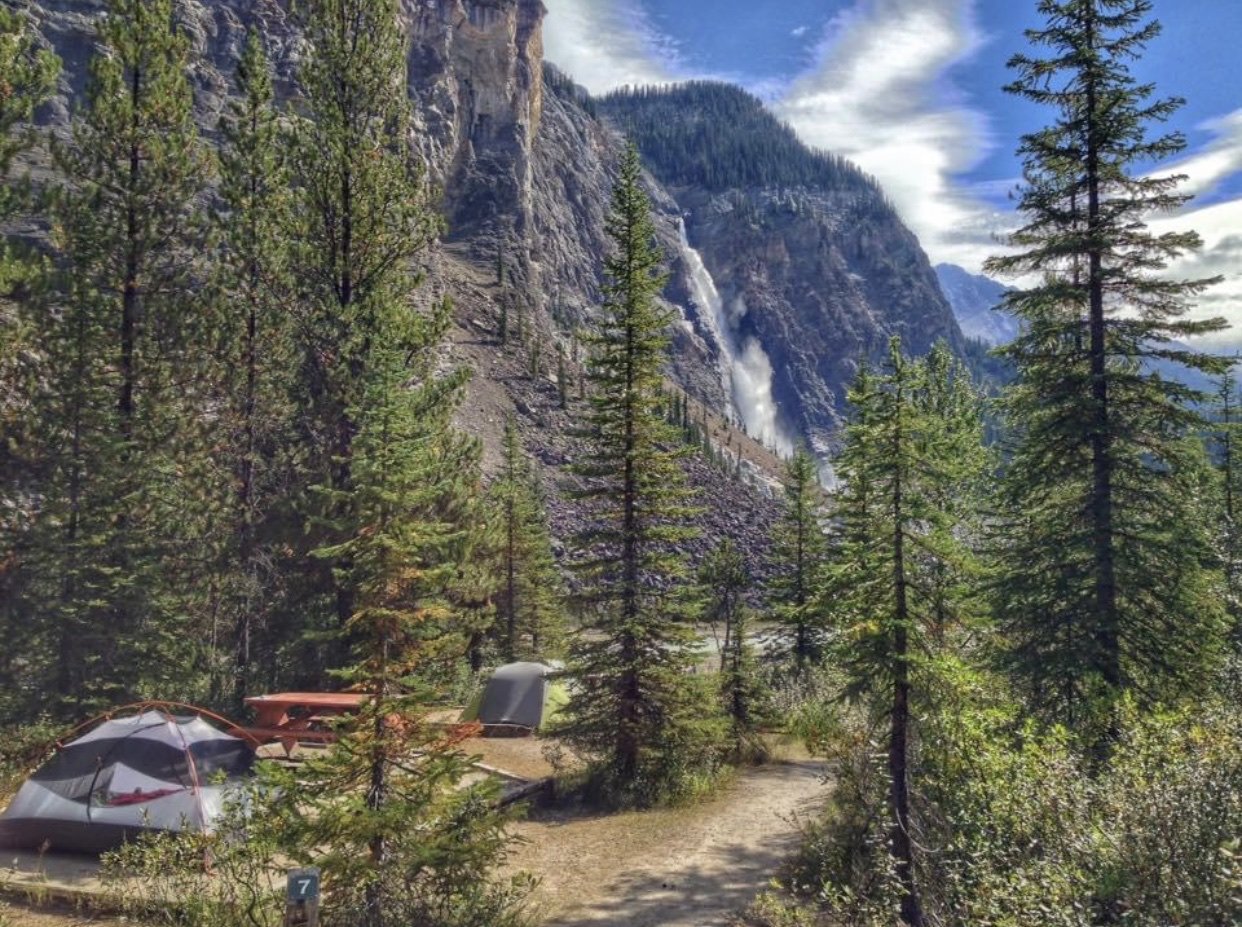
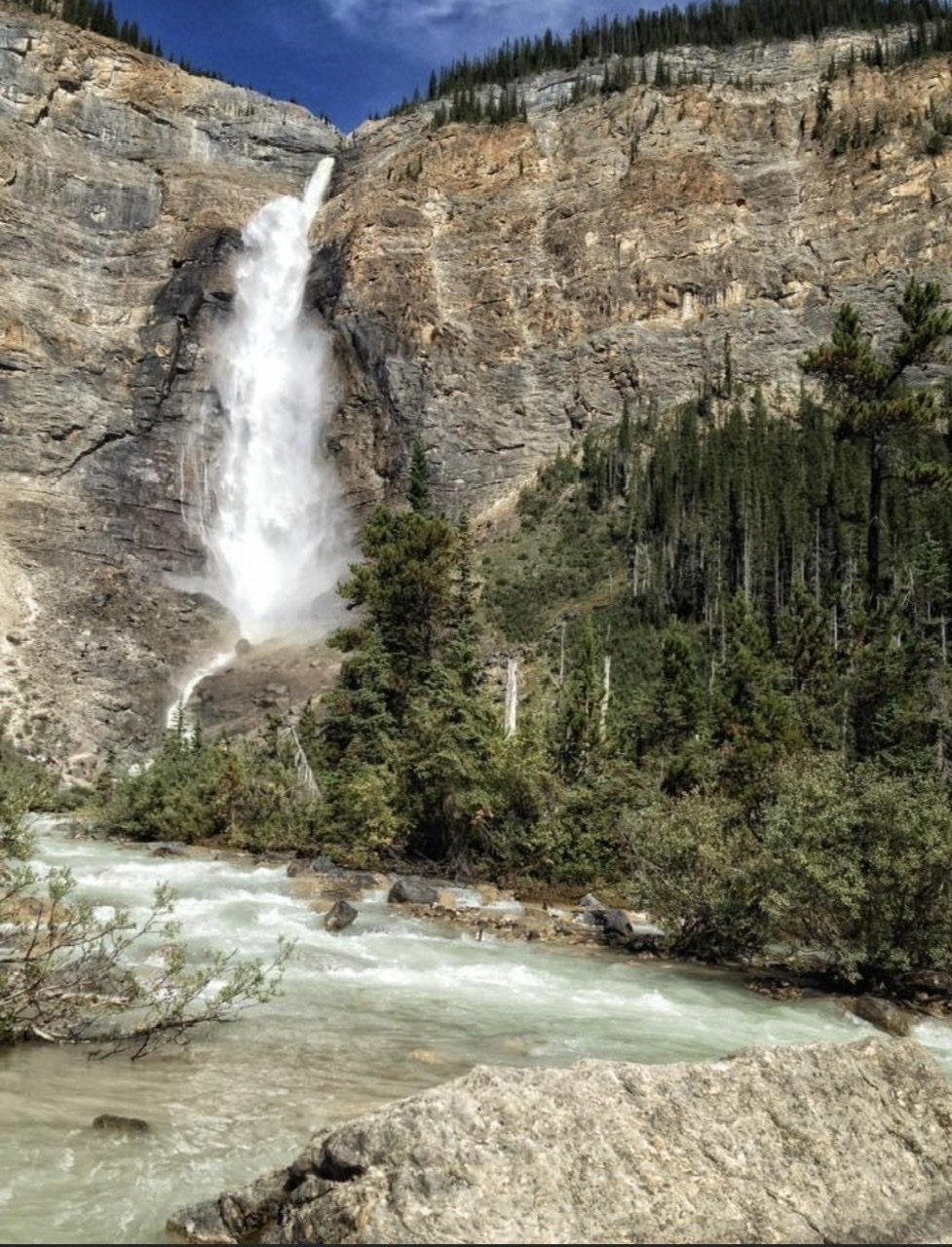
Walking closer to the falls.
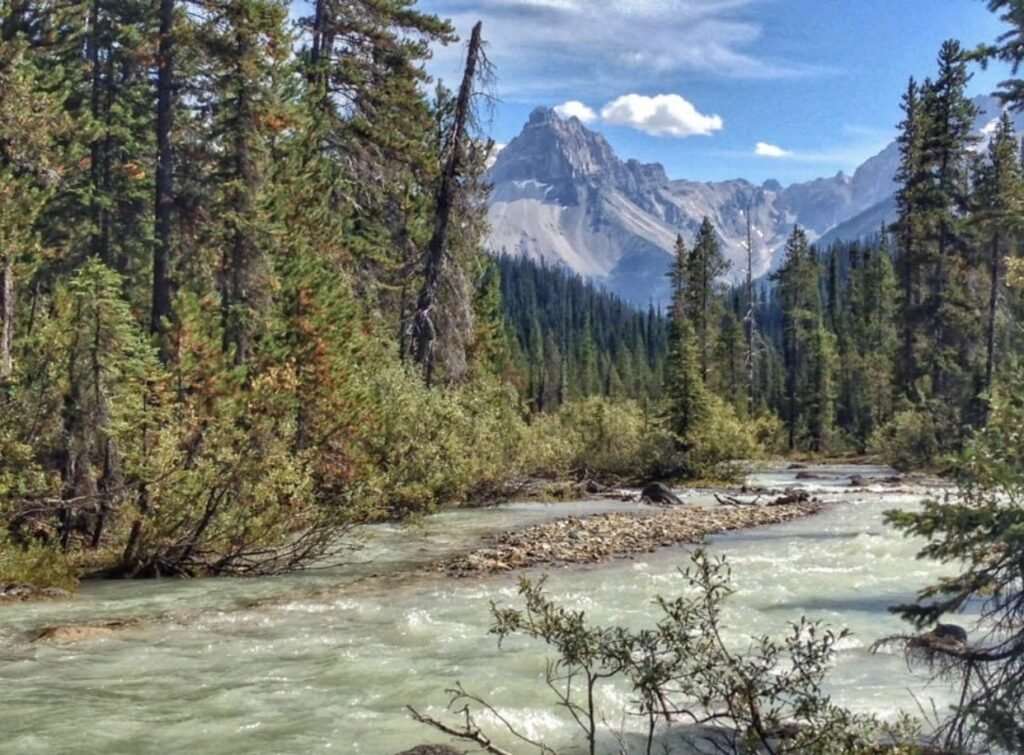
The river we camped along. This may easily be the best campsite we’ve ever had. And sleeping to the sound of that waterfall…OMG.
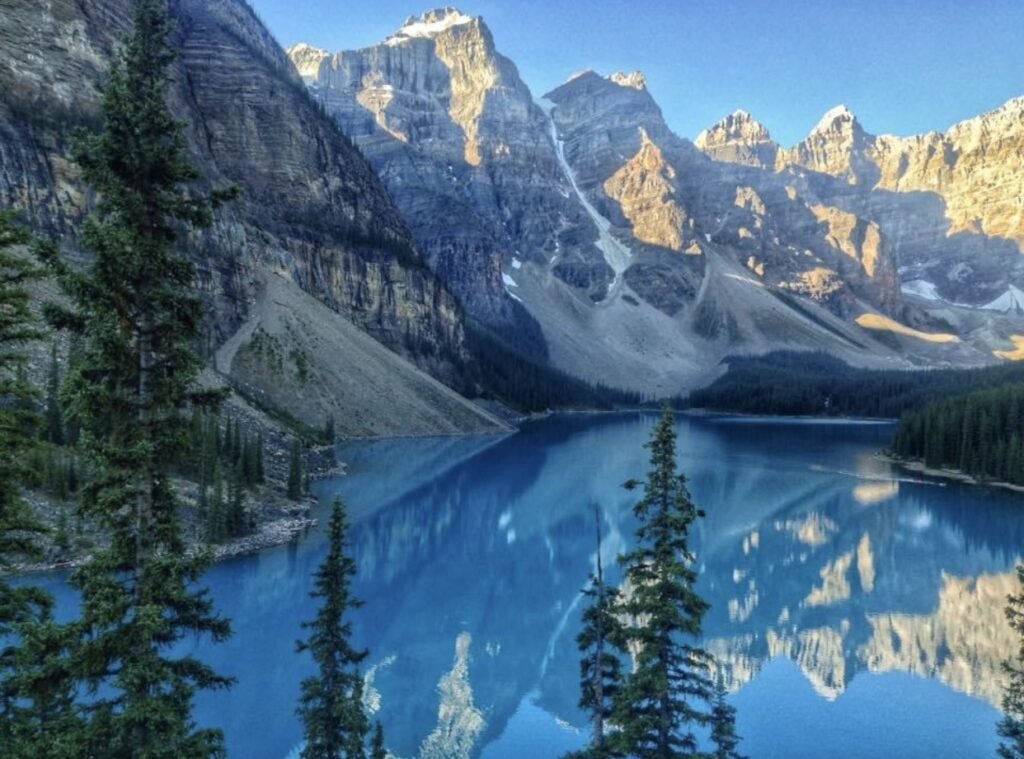
We woke up at the crack of dawn to get up to Moraine Lake (back in Banff) to soak in this view. Arrive early. The road closes at 8:00 am, and after the parking lot is full. After then, the only way up is through a $30 private shuttle.
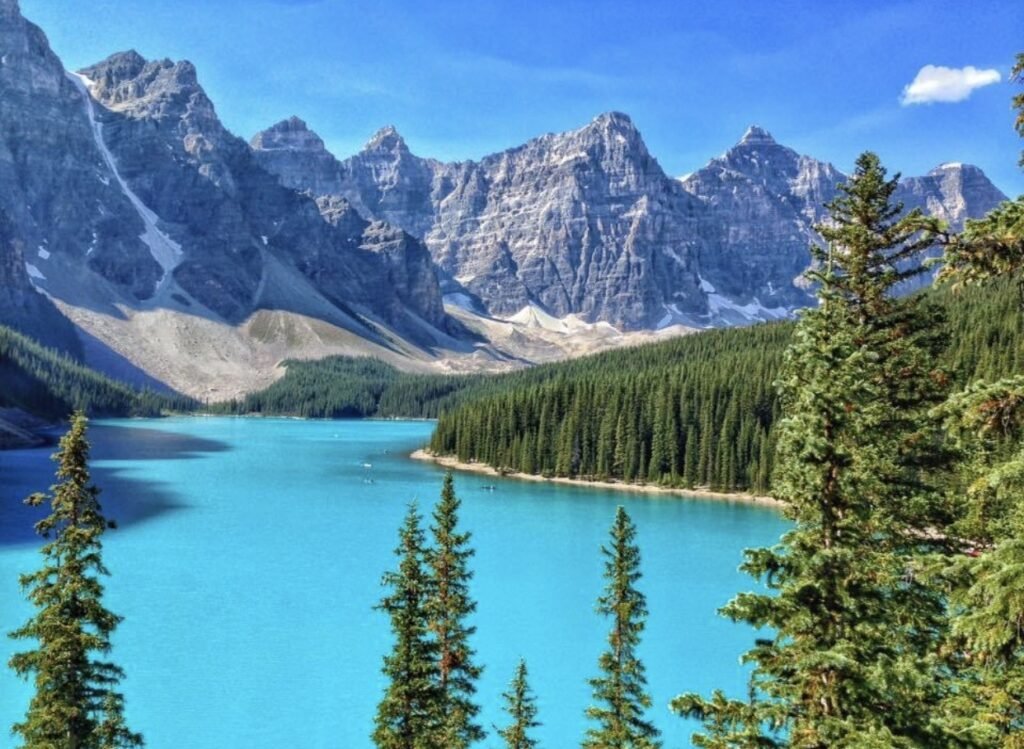
The same view of the lake, late morning at 11… still magnificent but not as stunningly so as at sunrise.
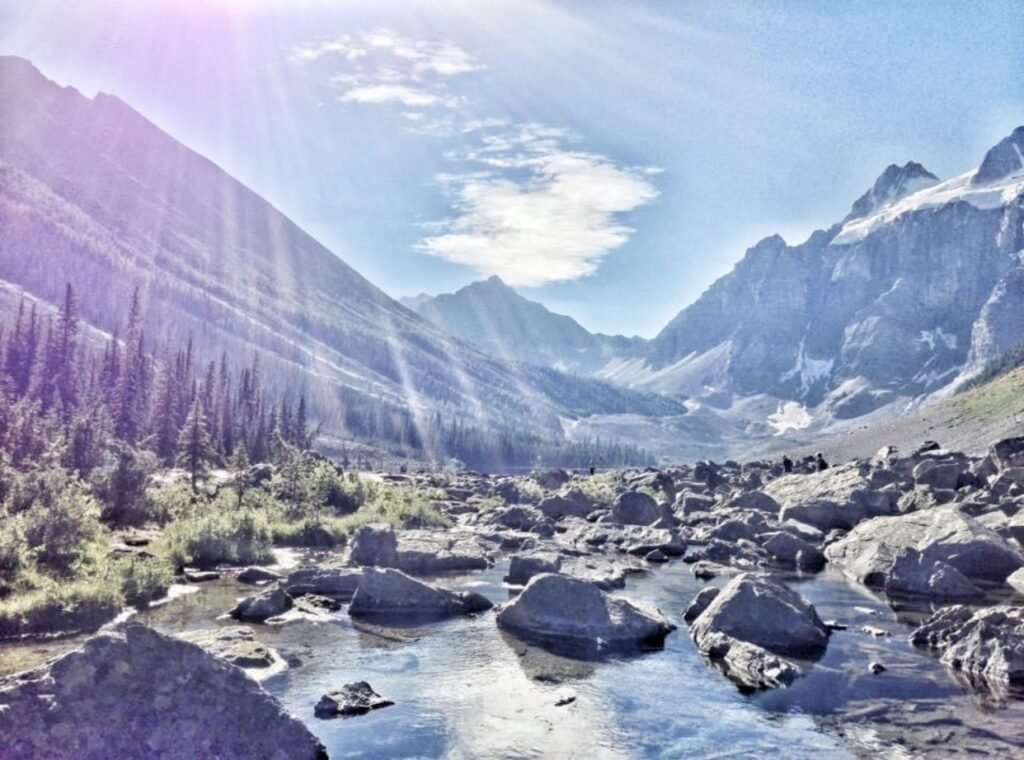
And this is Consolation Lakes, a 3.6 mile trip from Moraine Lake.
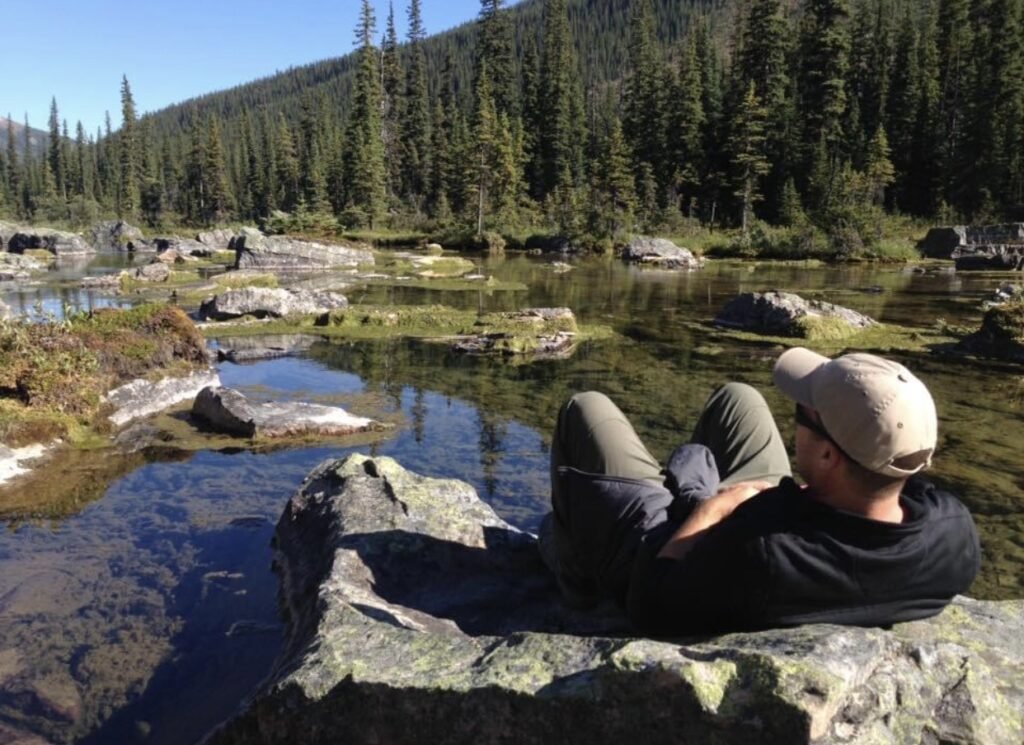
Greg ponders how it got its name.
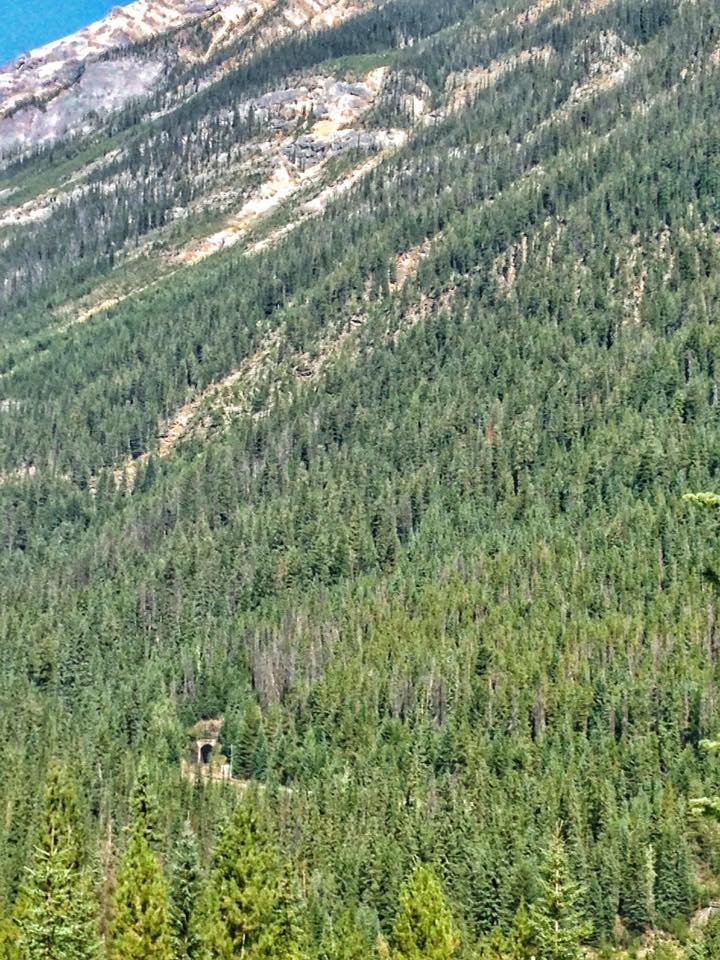
Then we visited the spiral railroad tunnels, an engineering marvel in the Canadian Rockies. When British Columbia joined Canada in 1871 it was under the condition that a railway would be built linking the province with the rest of the country. The Kicking Horse Pass was chosen because of its proximity to the US and short distance to the Pacific. However, the steep grade caused serious challenges. Many were killed and lots of issues happened with the original tracks and by 1909, a solution was found based on Switzerland tracks while combines two double tunnels to control the pace. Here is a picture of one of the tunnels.
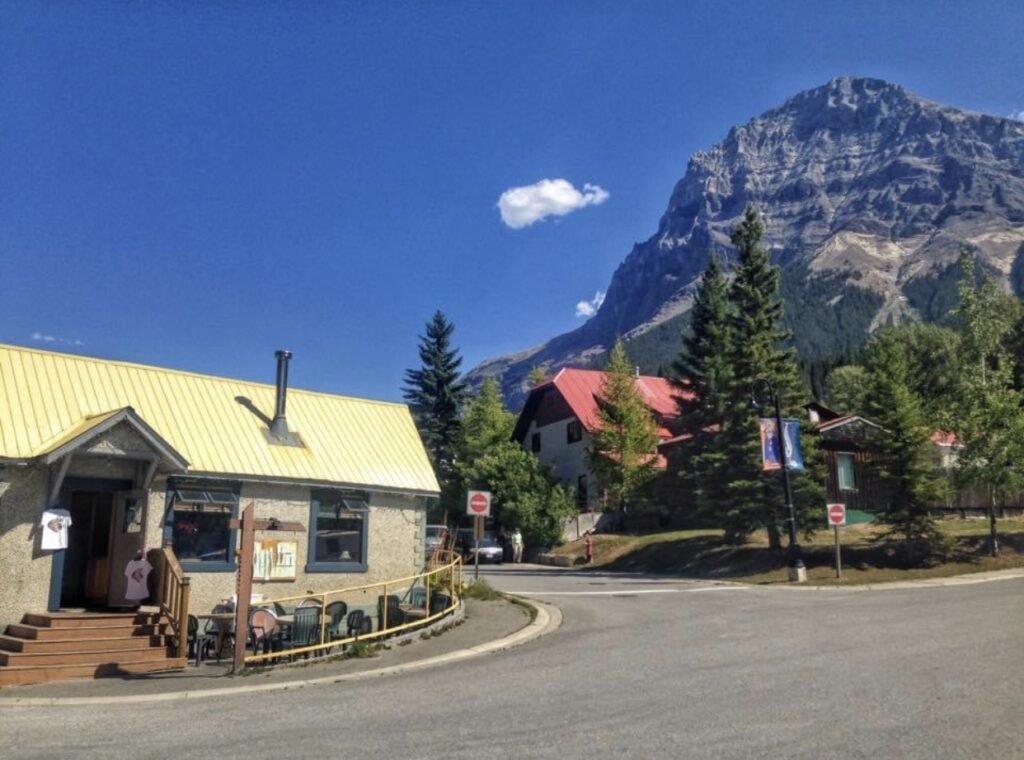
Stopping for lunch in the cozy Yoho town of Fields.
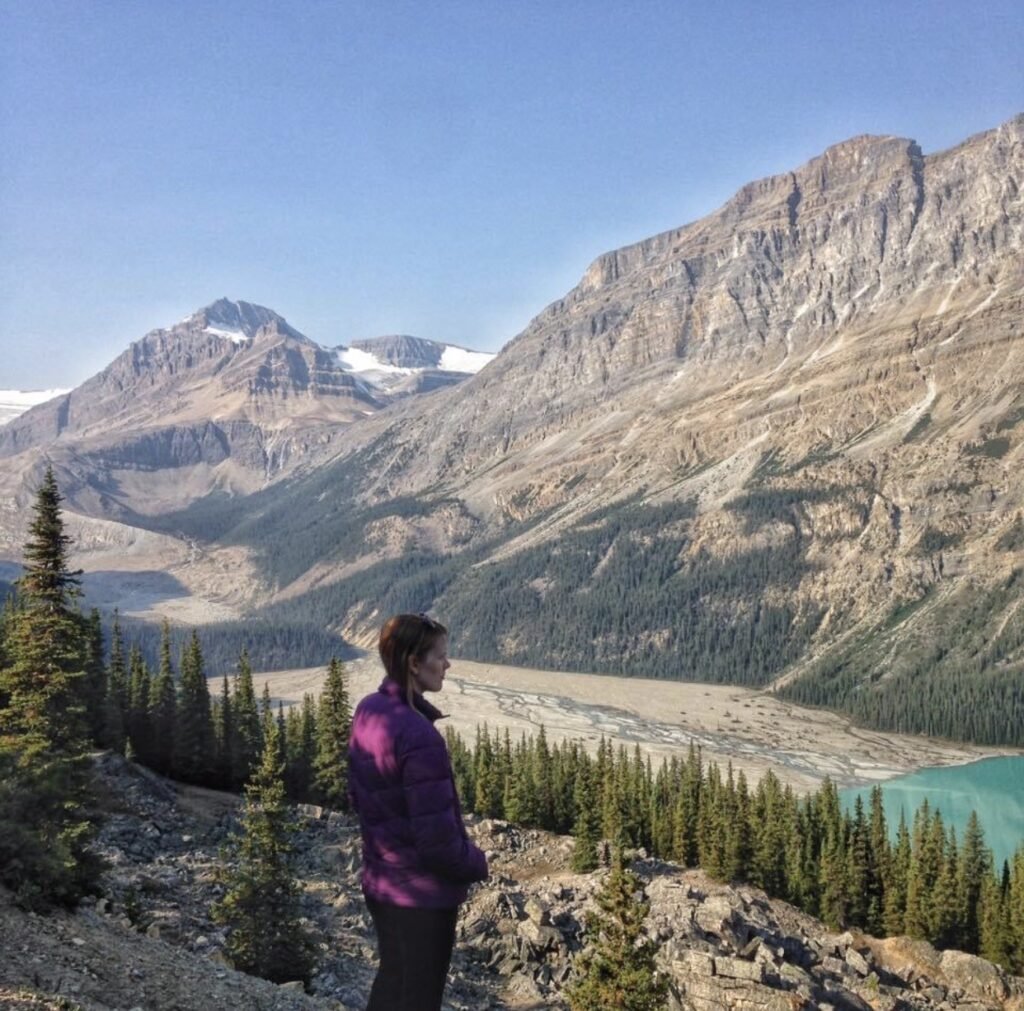
The next day we opted to drive to Jasper on the Icefields Parkway, the “highest and most spectacular drive in North America.” It didn’t disappoint. A stop at Peyto Lake is a necessity.
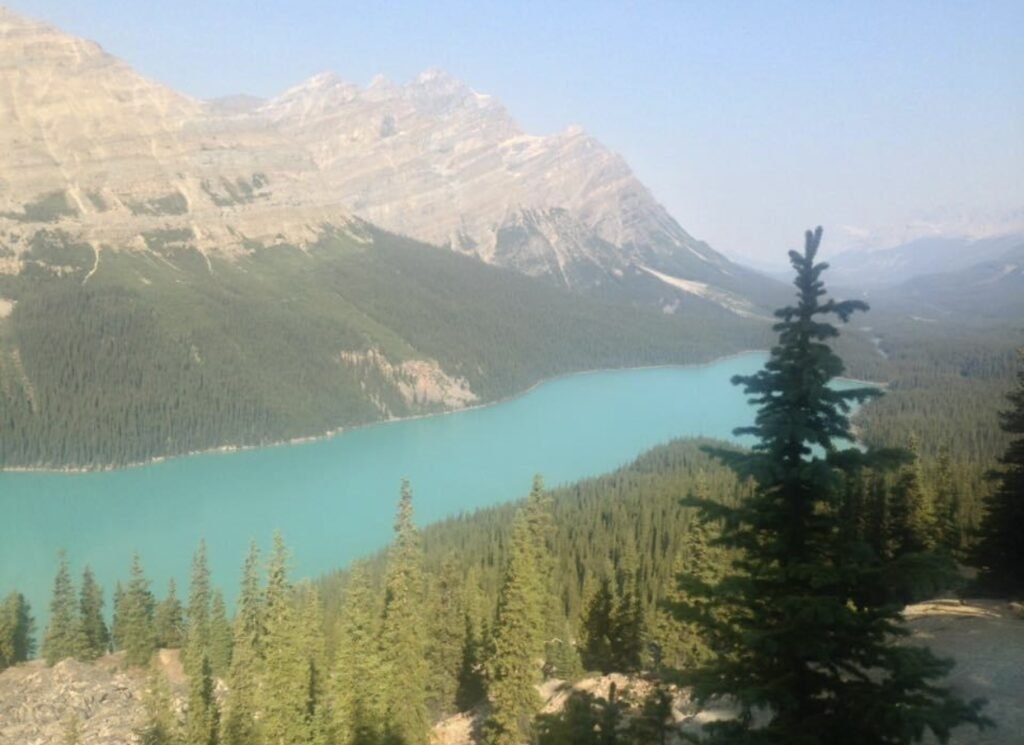
Another shot of Peyto. You can sadly see the air quality was quite hazy due to wildfires, which the Canadians were blaming on Montana. Everyone likes to blame someone.

The Mistaya River before it drops in the canyon.
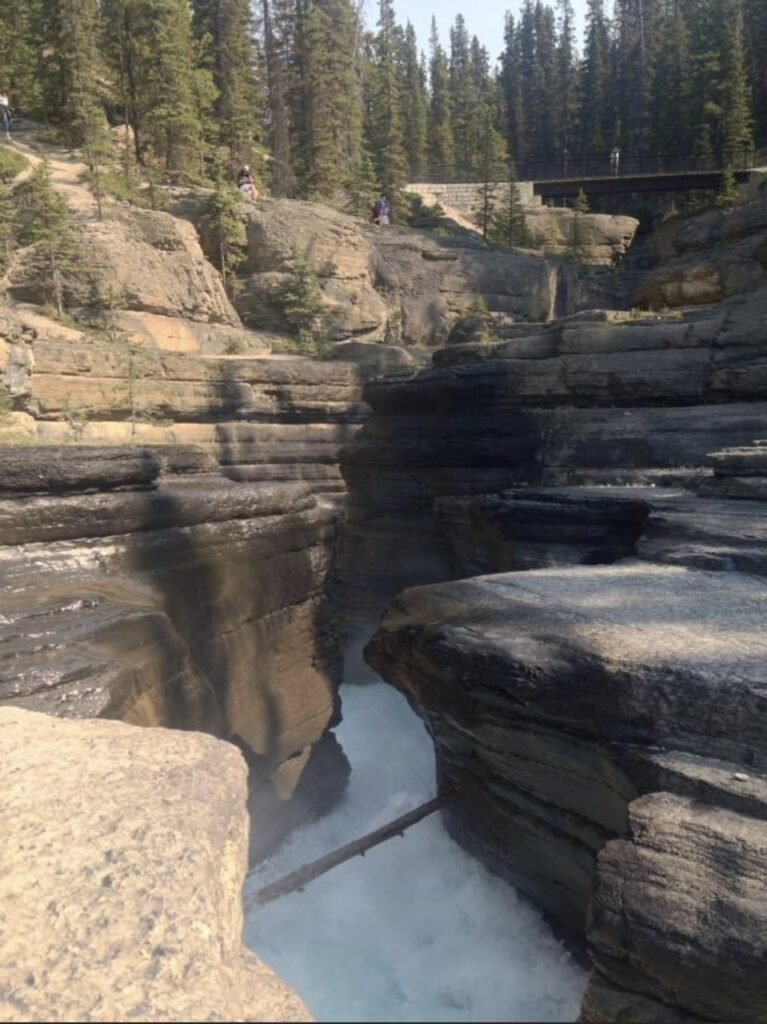
Mistaya Canyon cuts its way through the narrow limestone canyon. So beautiful.
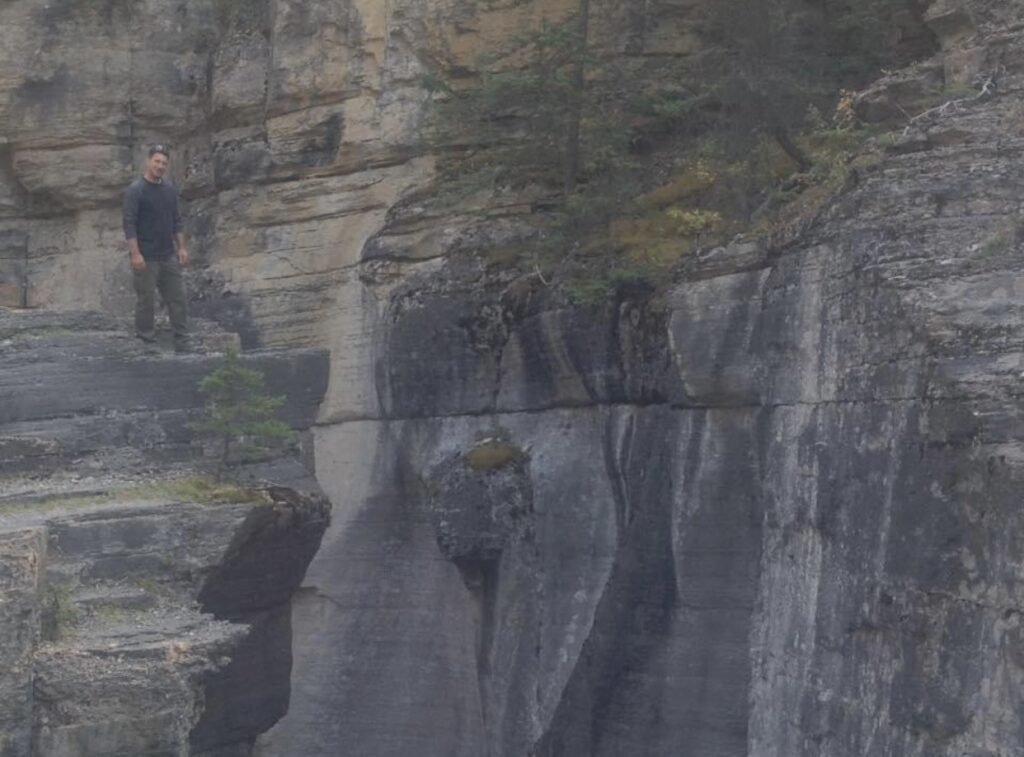
Greg in top left corner for perspective.
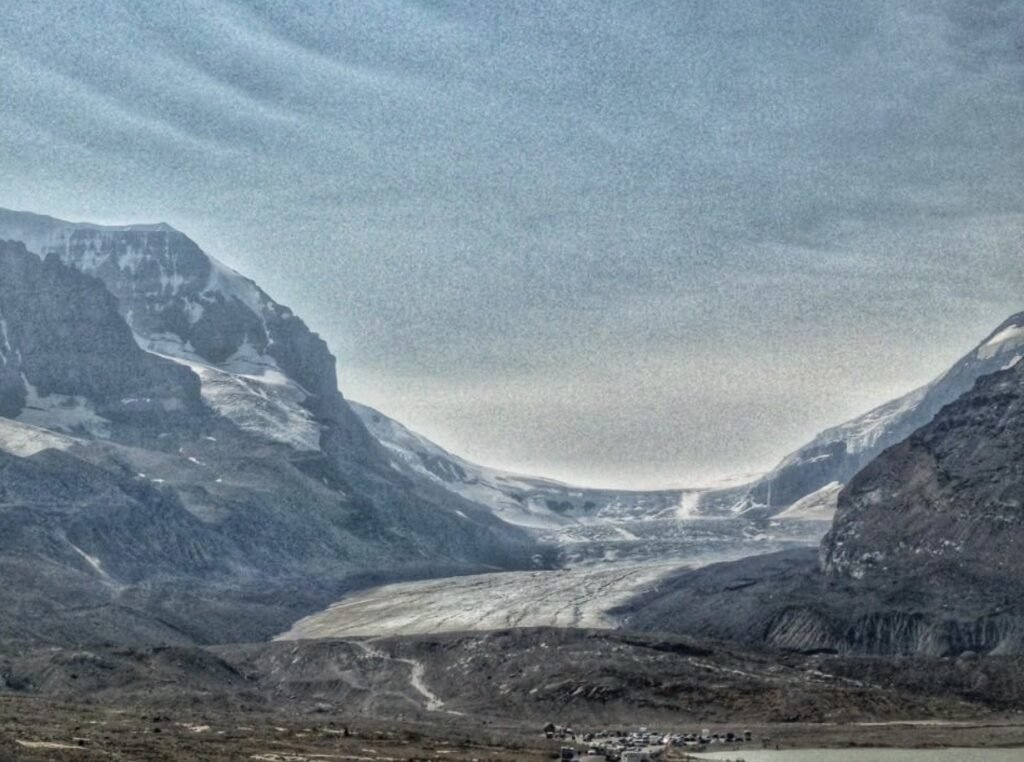
The Athabasca Glacier is the only glacier available to trek on and touch at the fingertips of tourists and it was PACKED. Since we’d had that experience before, we opted to avoid at all costs.

A stop at Tangle Falls, named for the river, not the tangly appearance of the falls apparently.
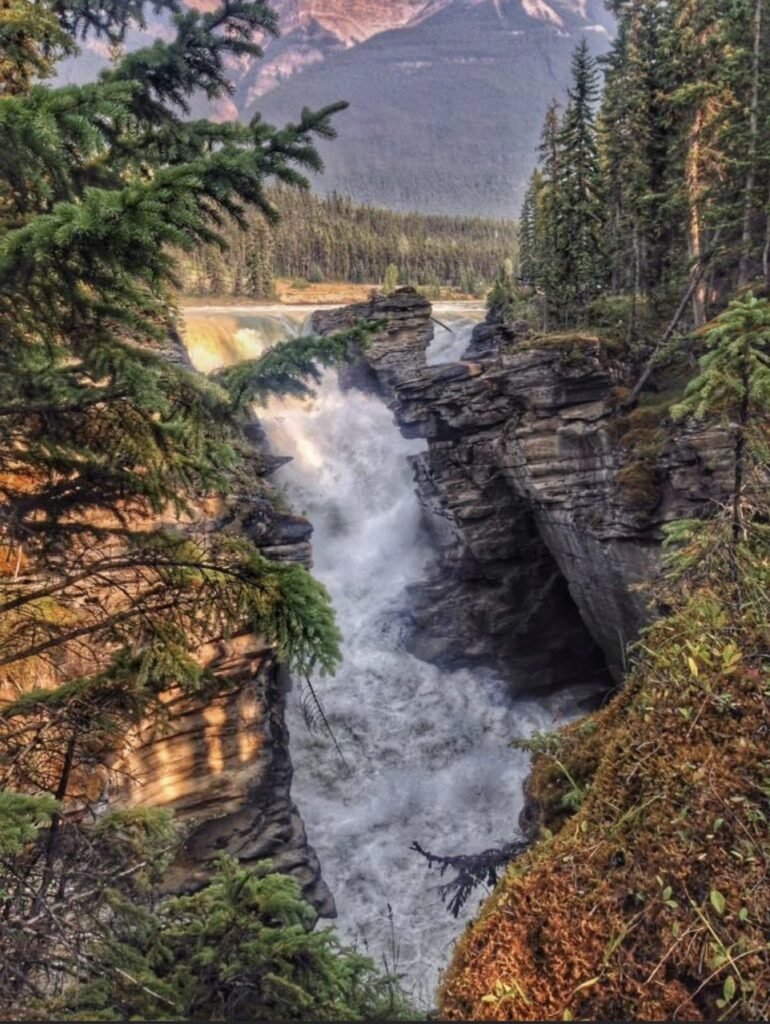
Athabasca Falls is an amazing cauldron of frothy pounding water off of the Parkway.
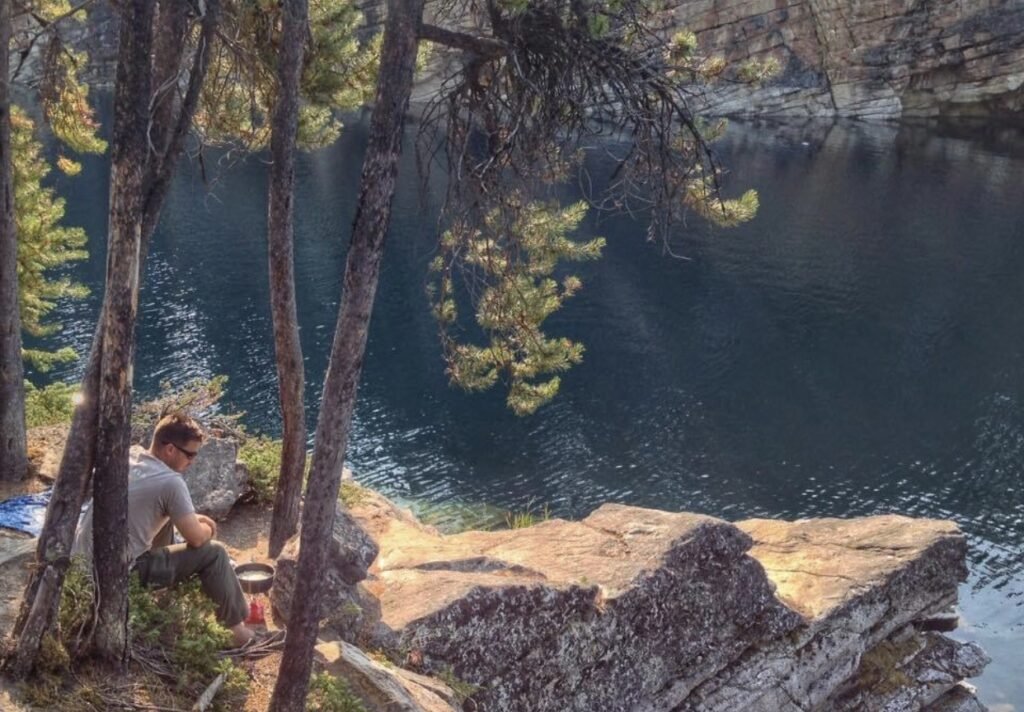
Finding solitude for dinner at Horseshoe Lake.
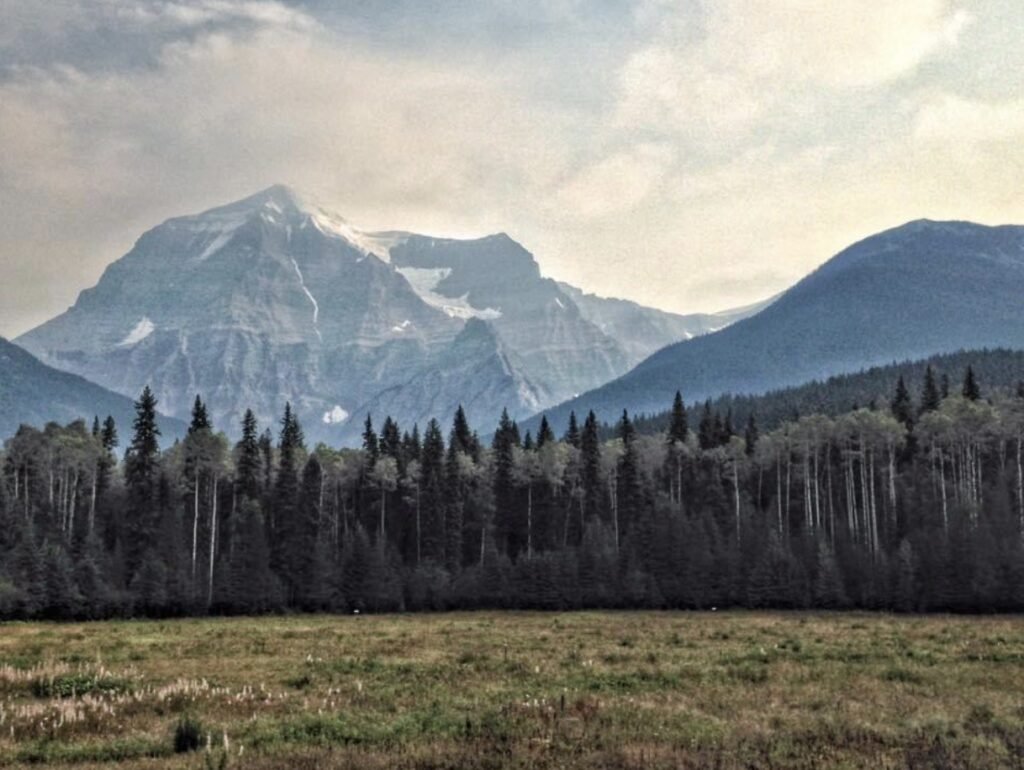
The next day unfortunately we had to head back to Portland (because we still had jobs then!) We got a chance to check out Mt Robson, the tallest peak at nearly 13k feet in the Canadian Rockies. What an incredible trip!

